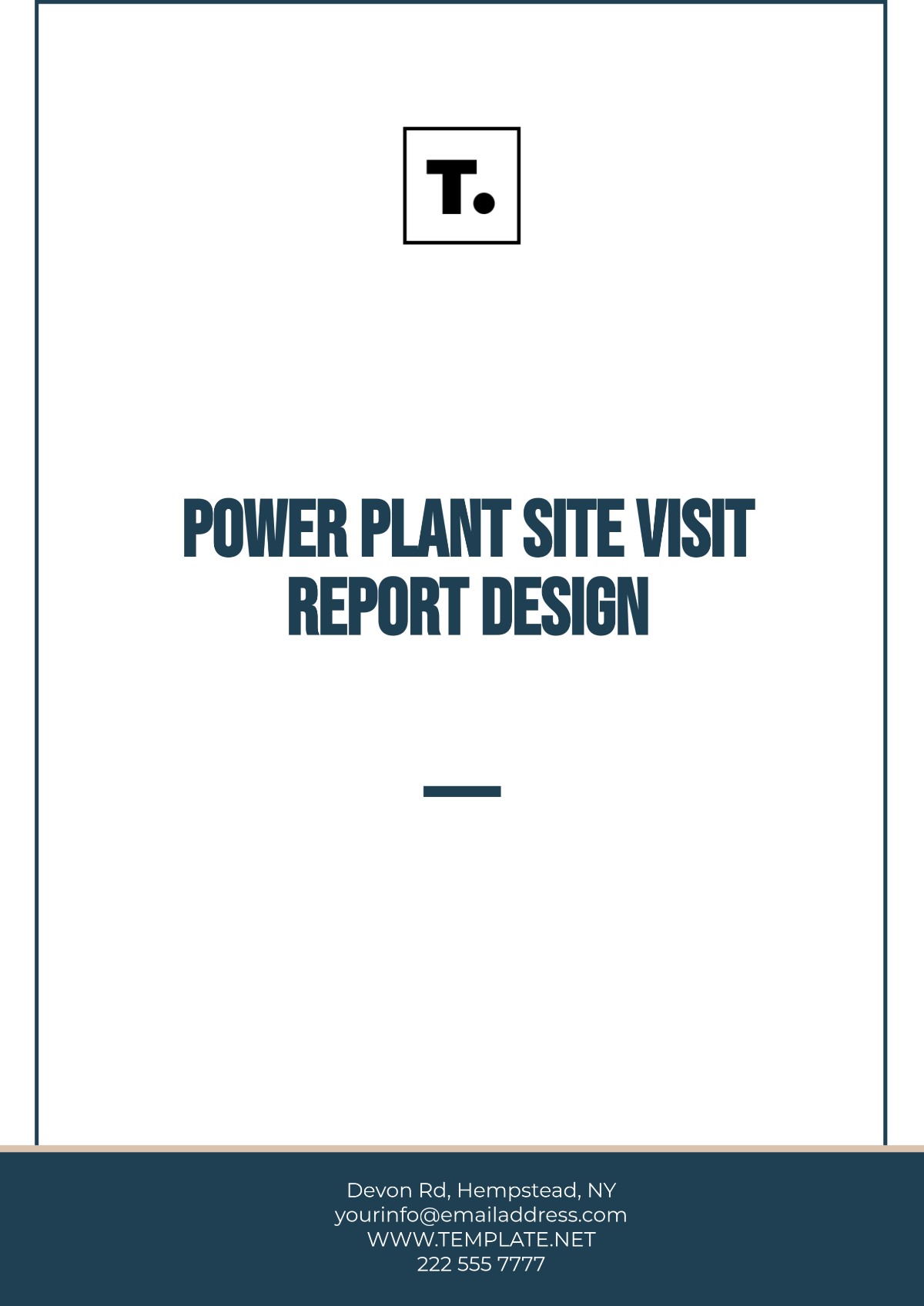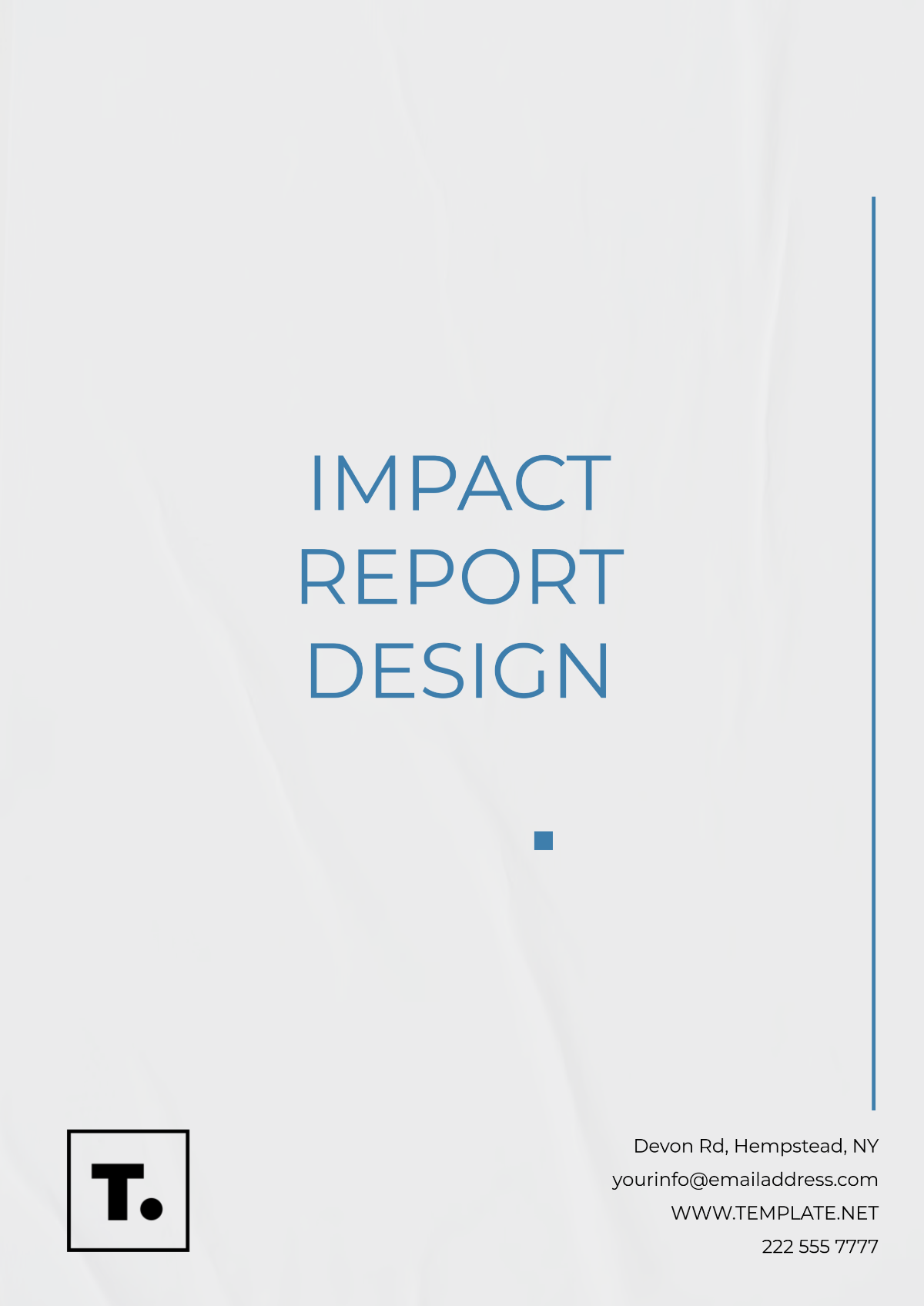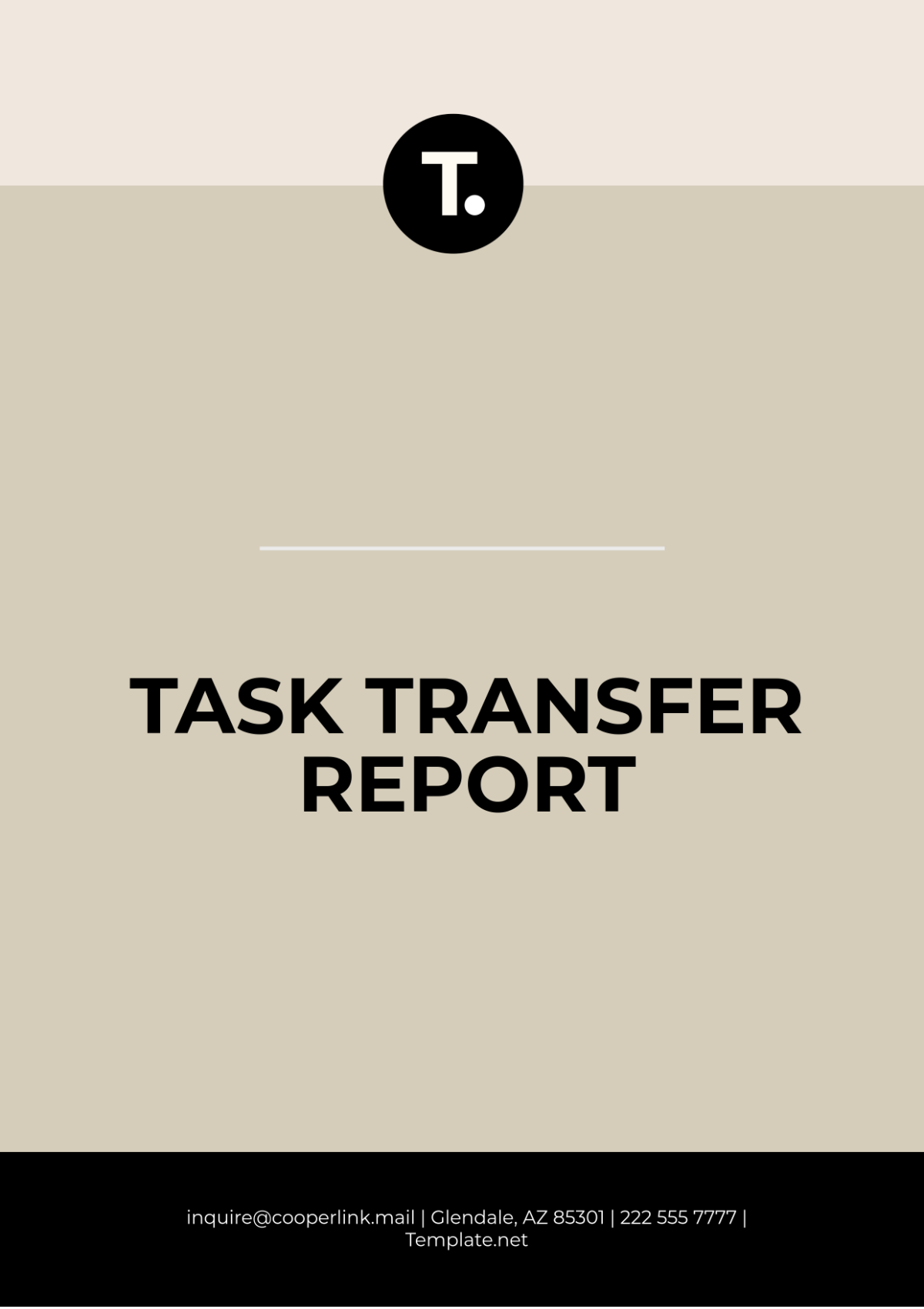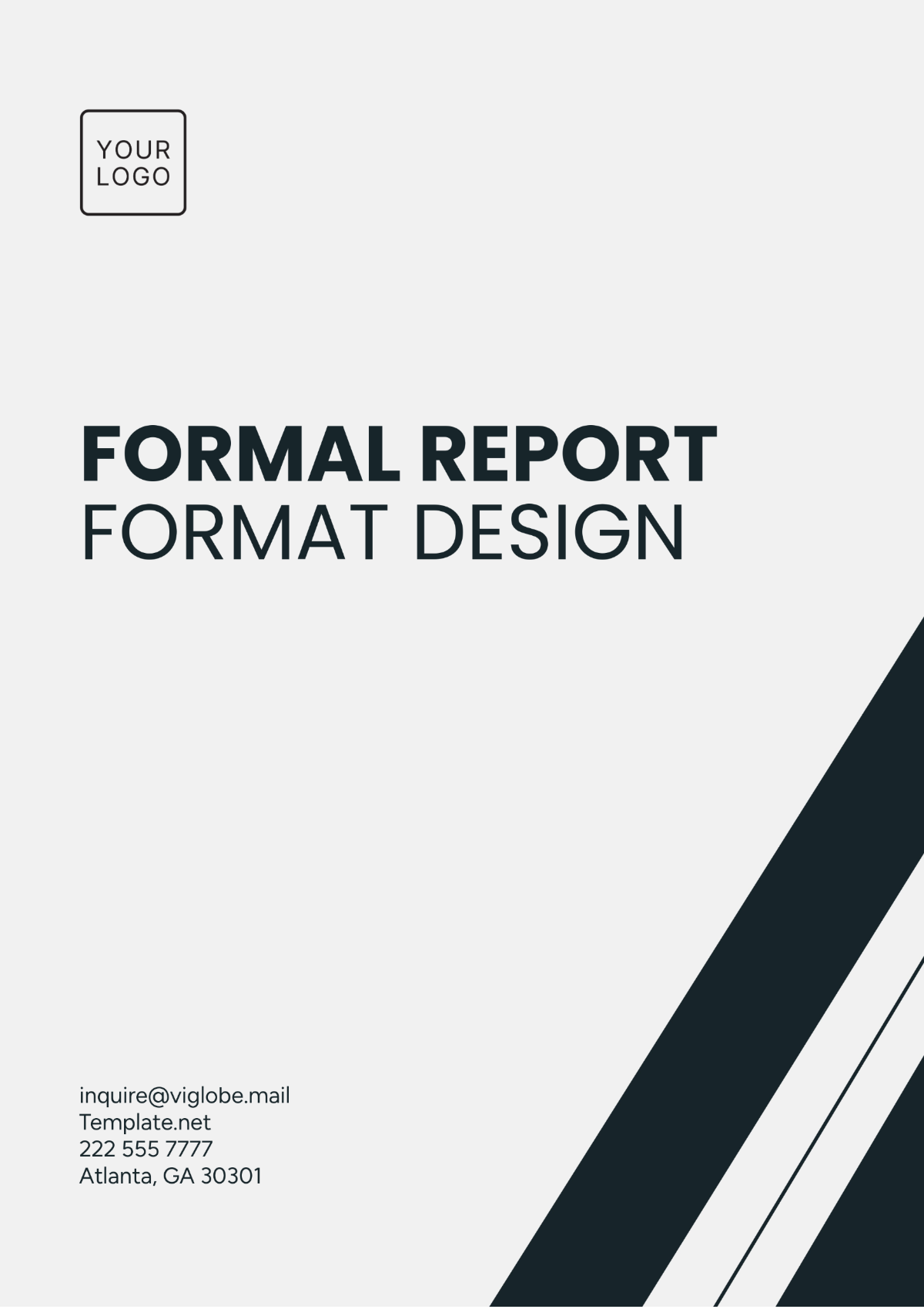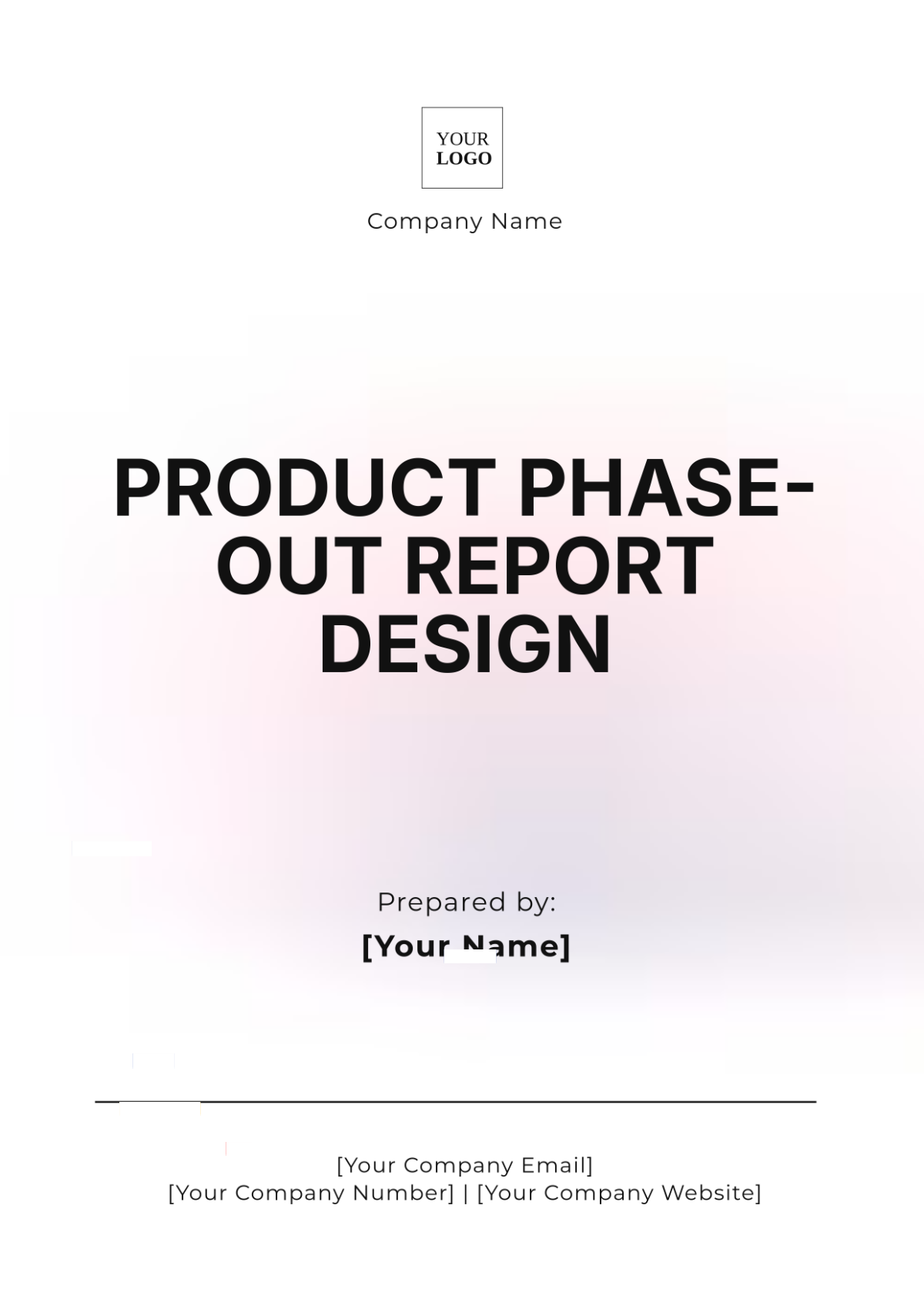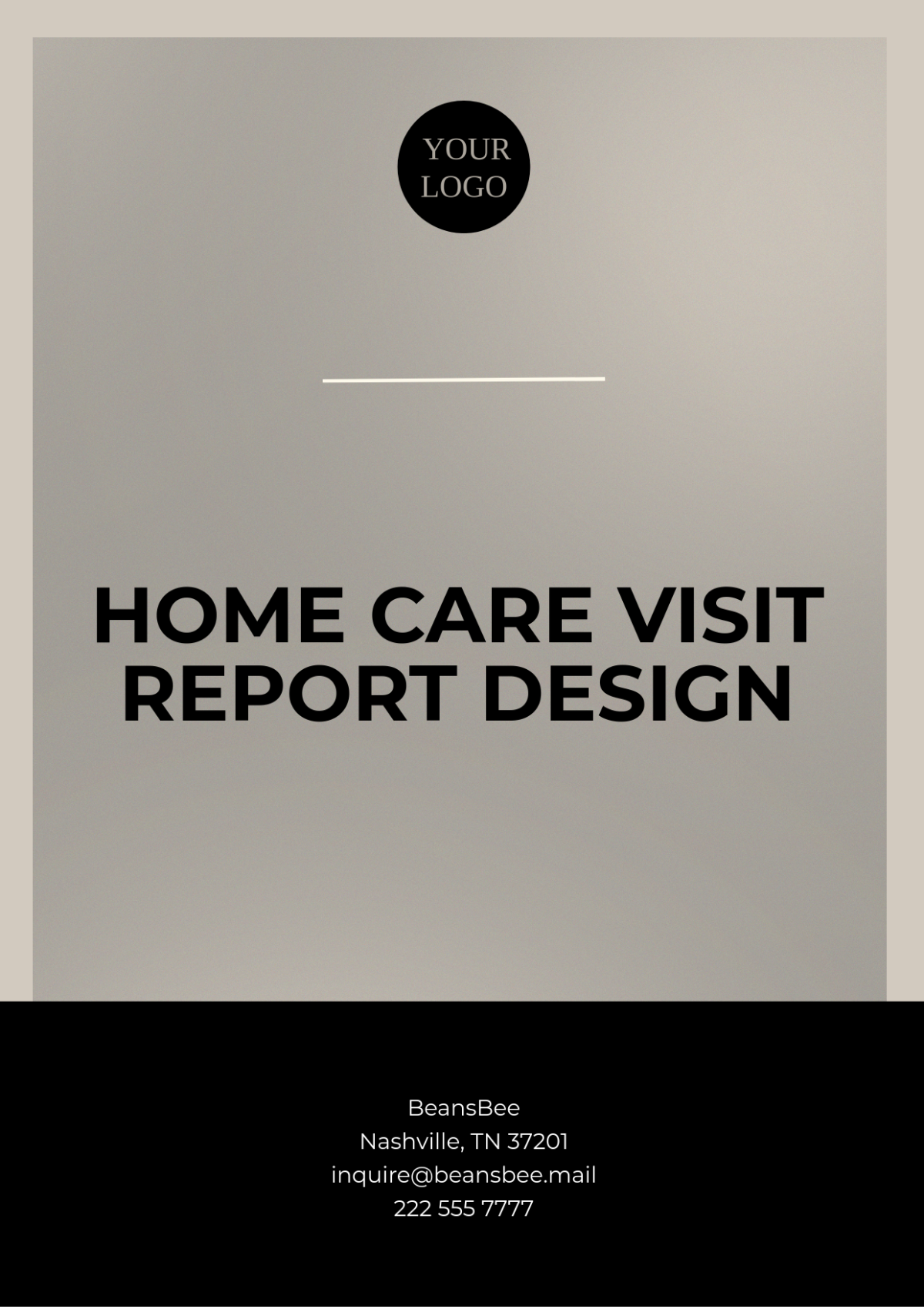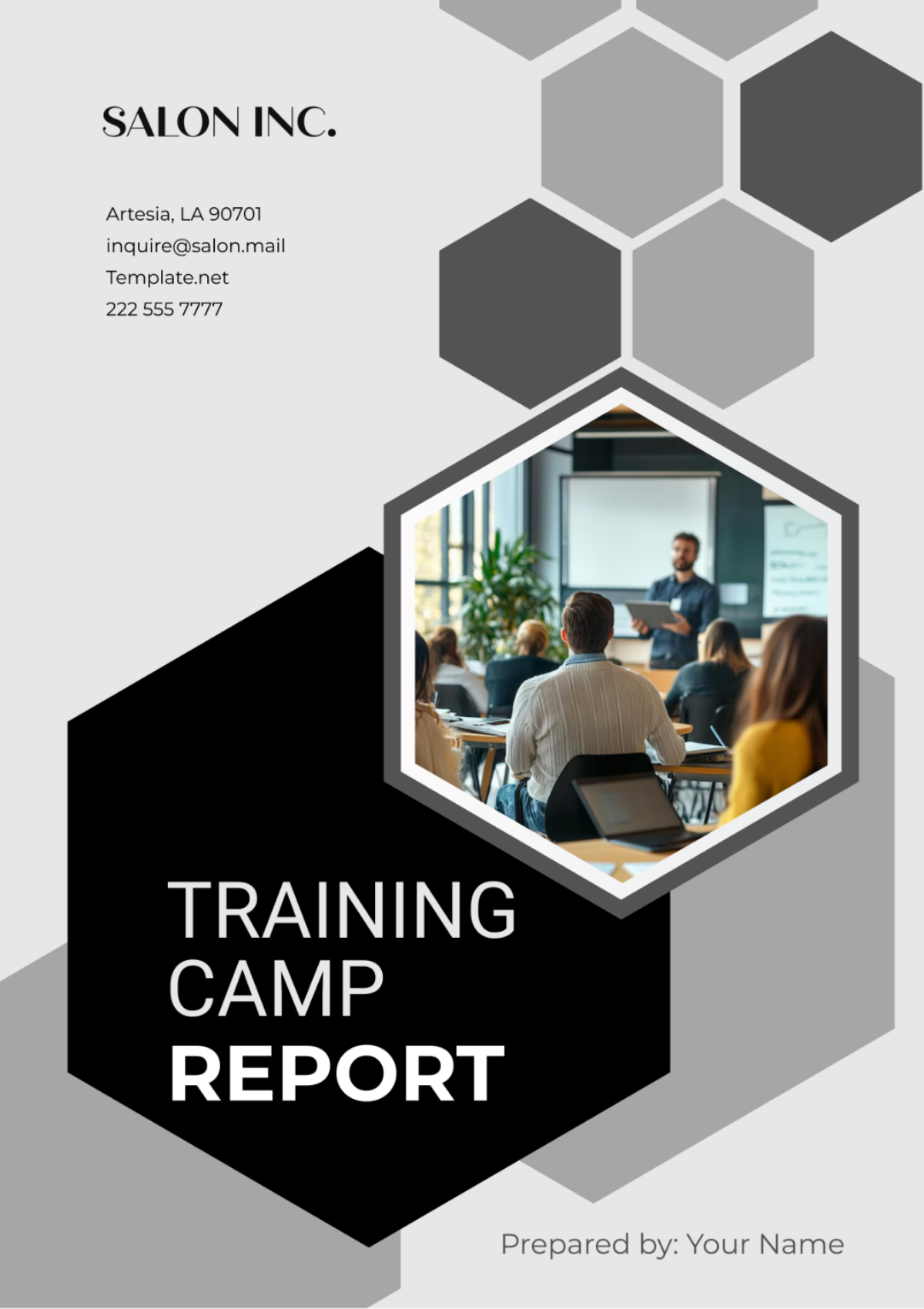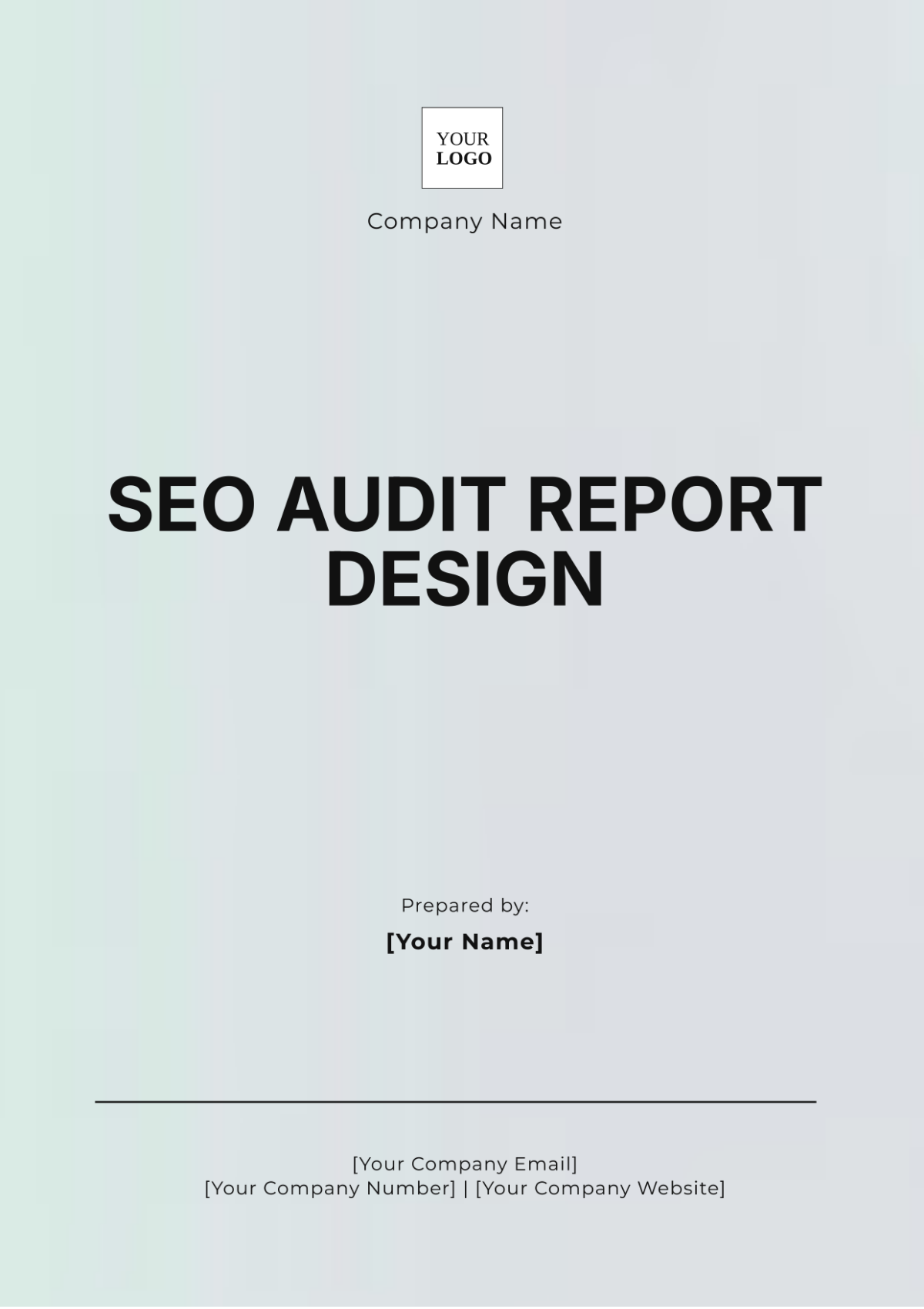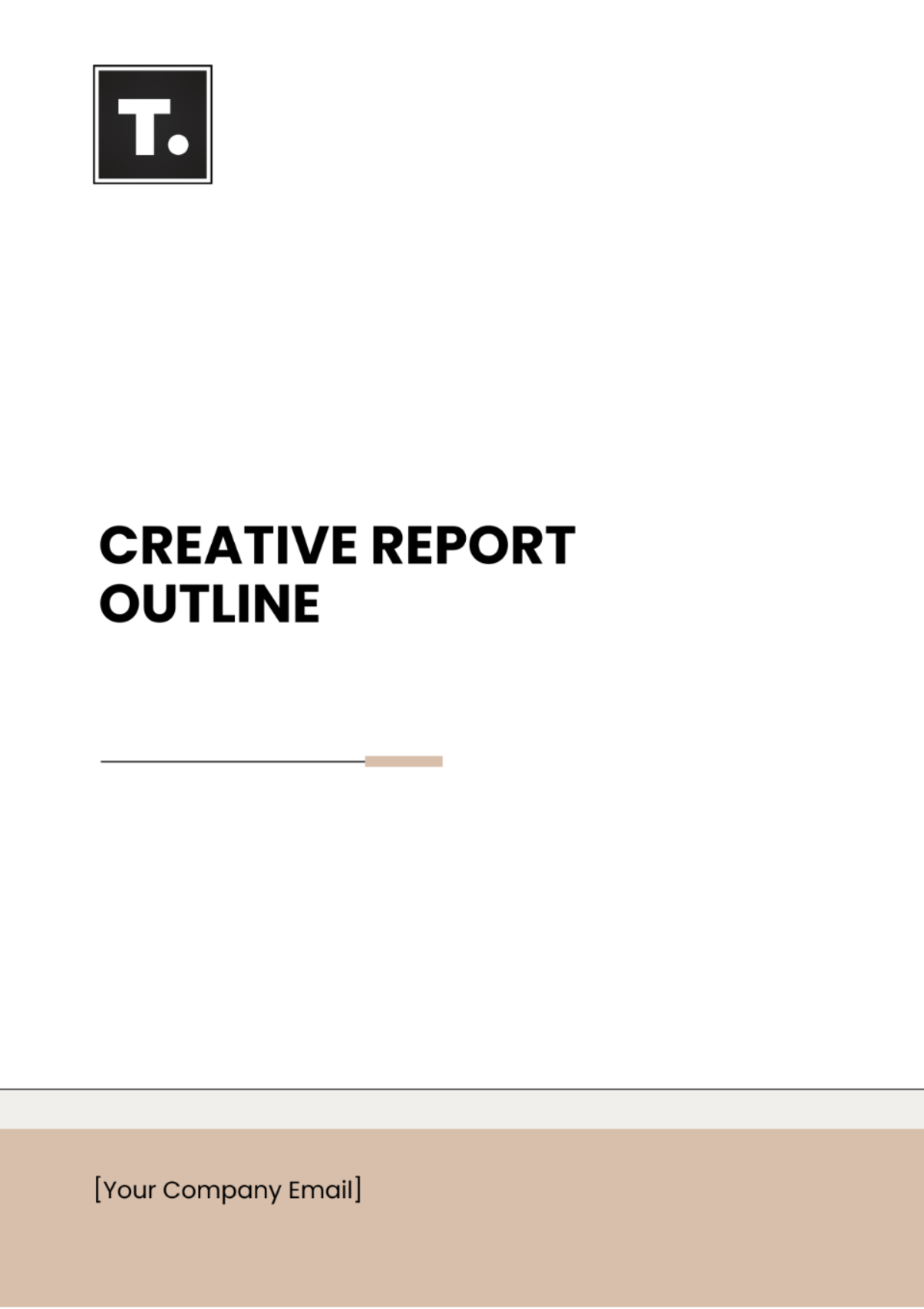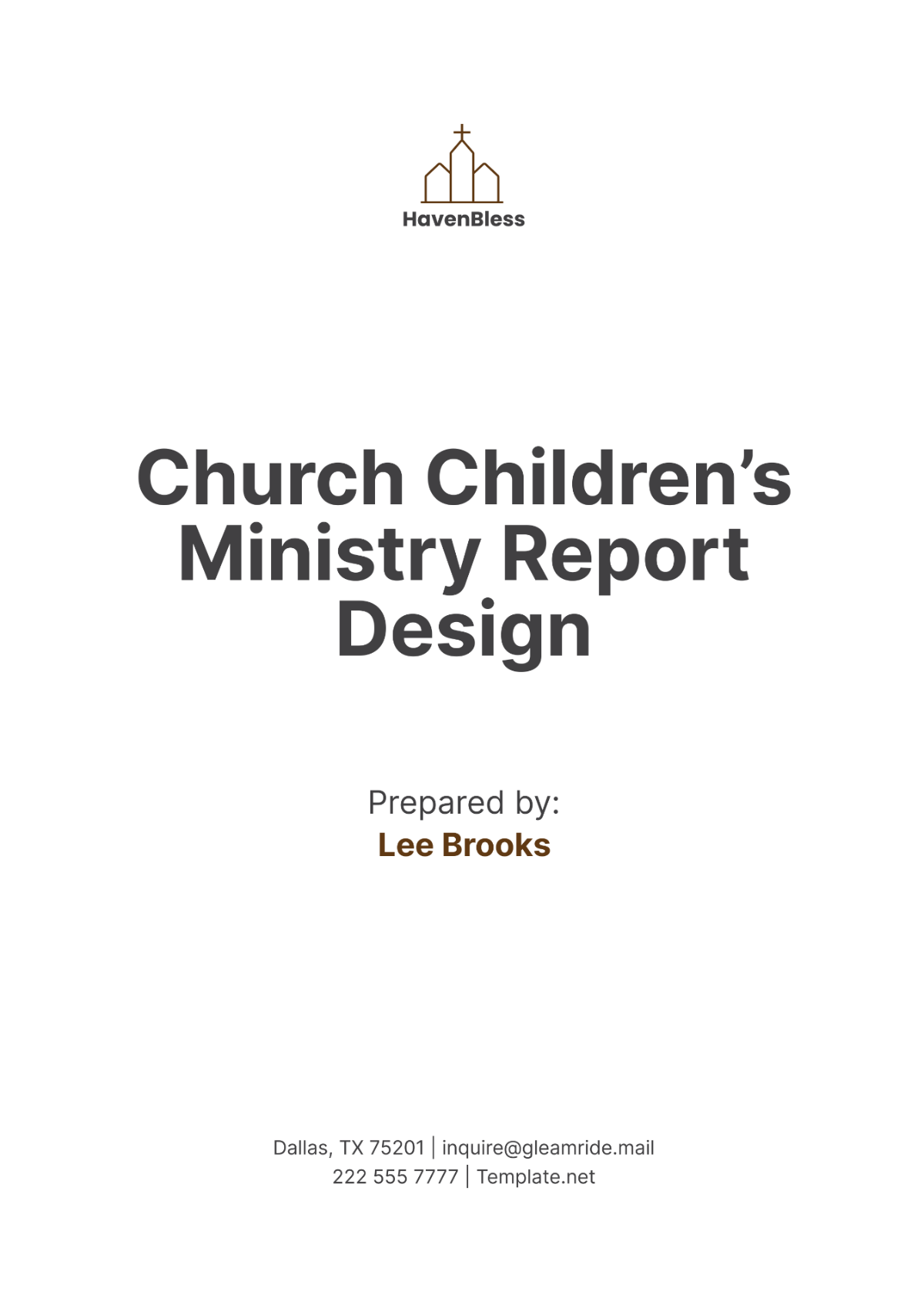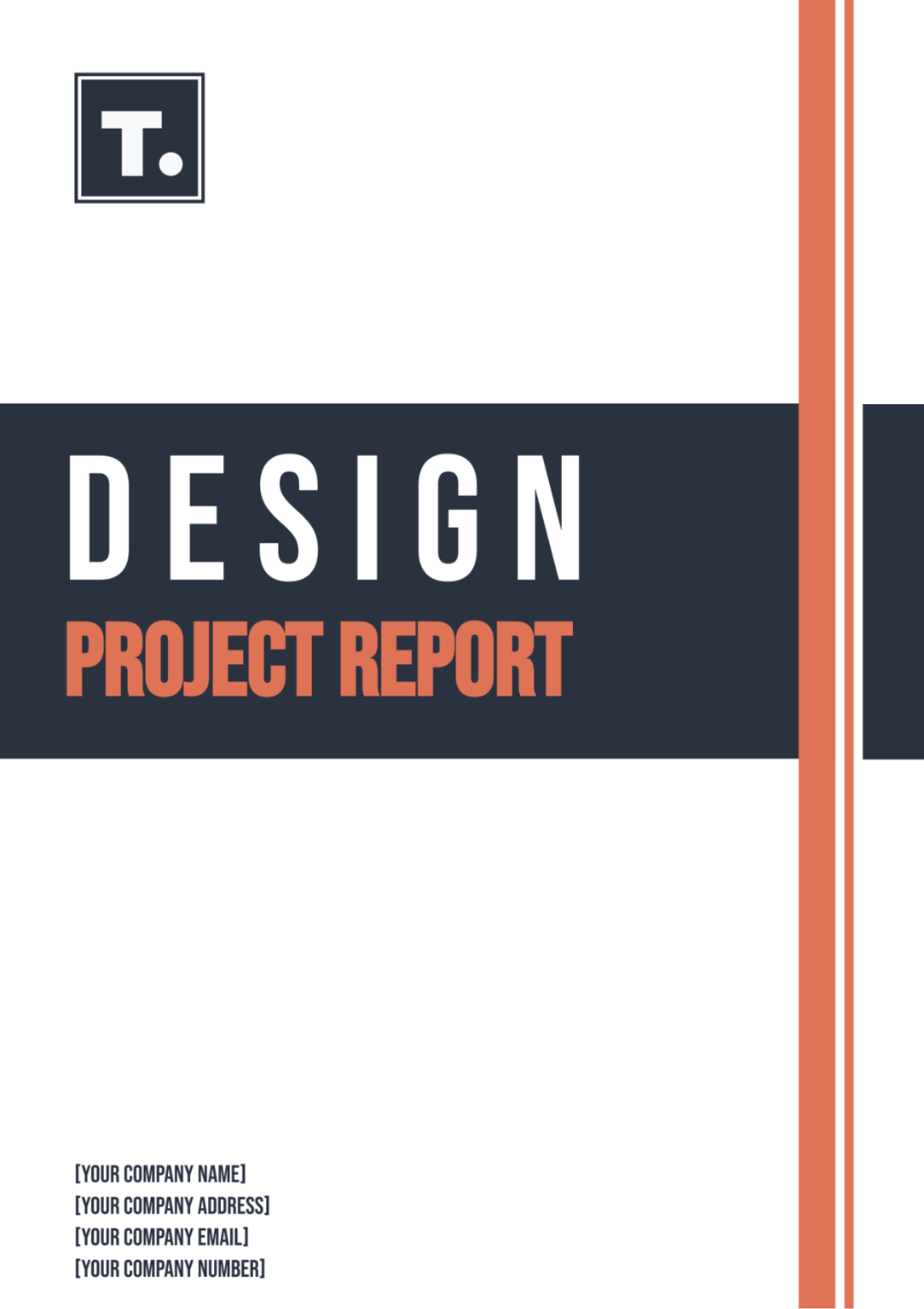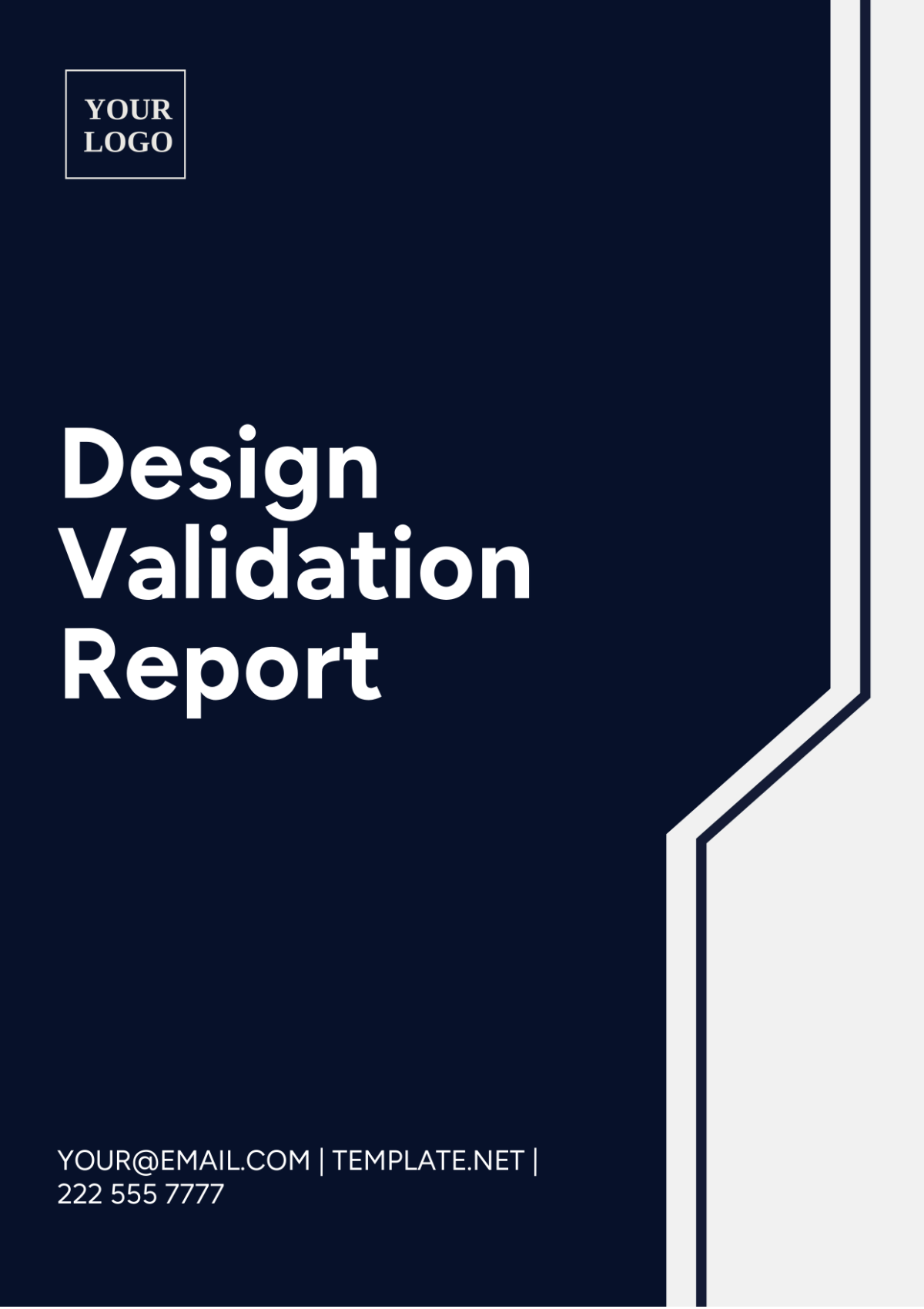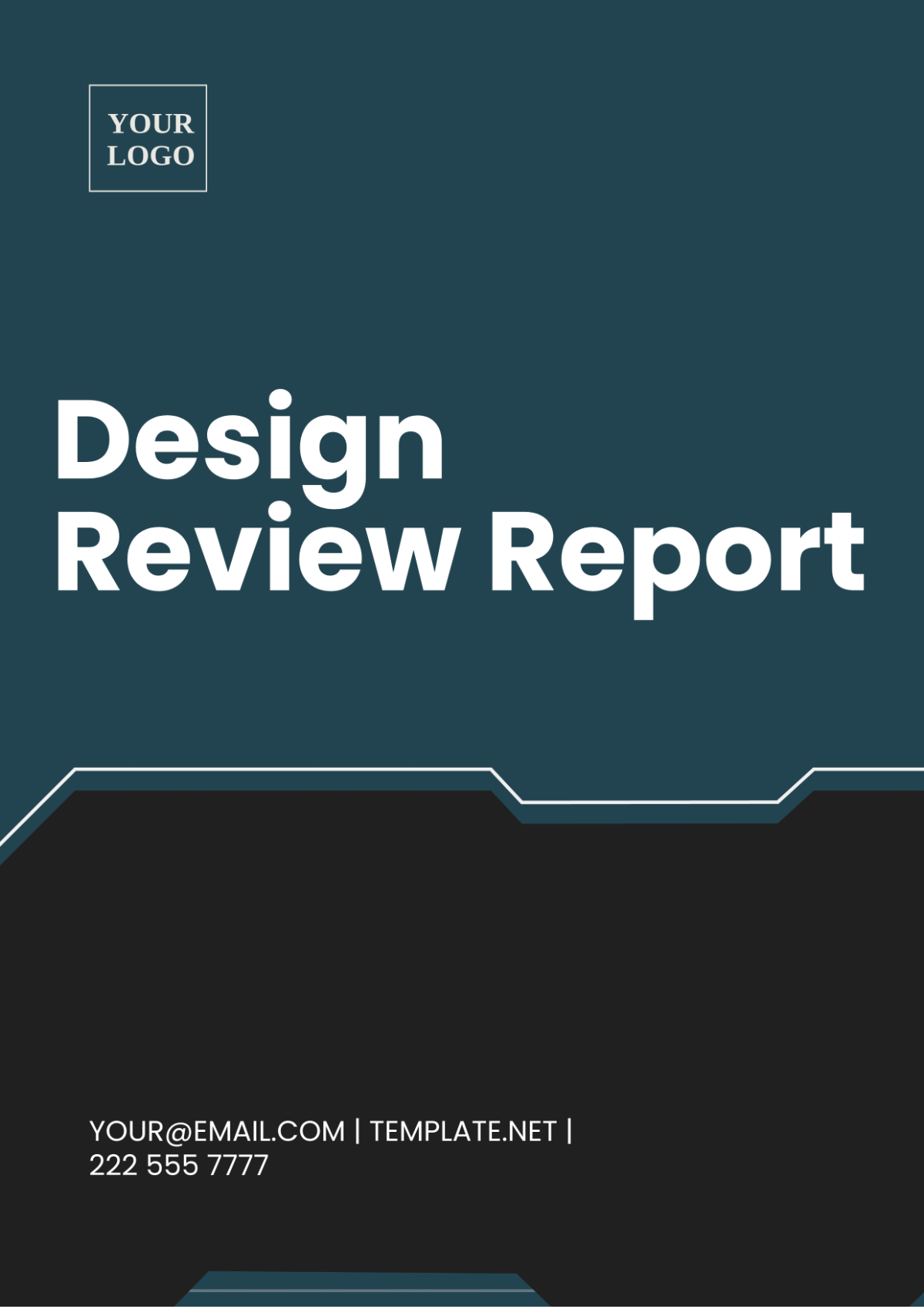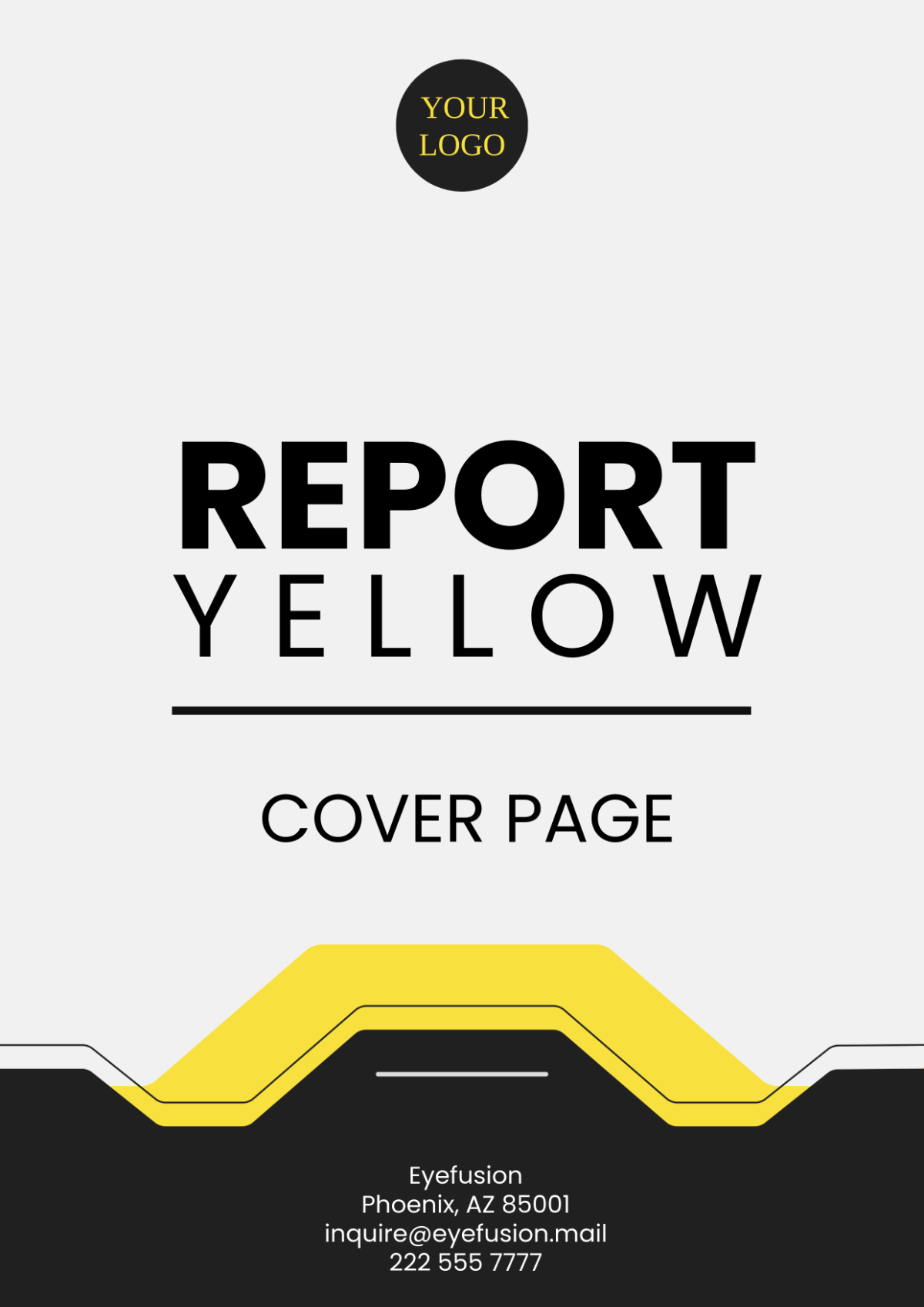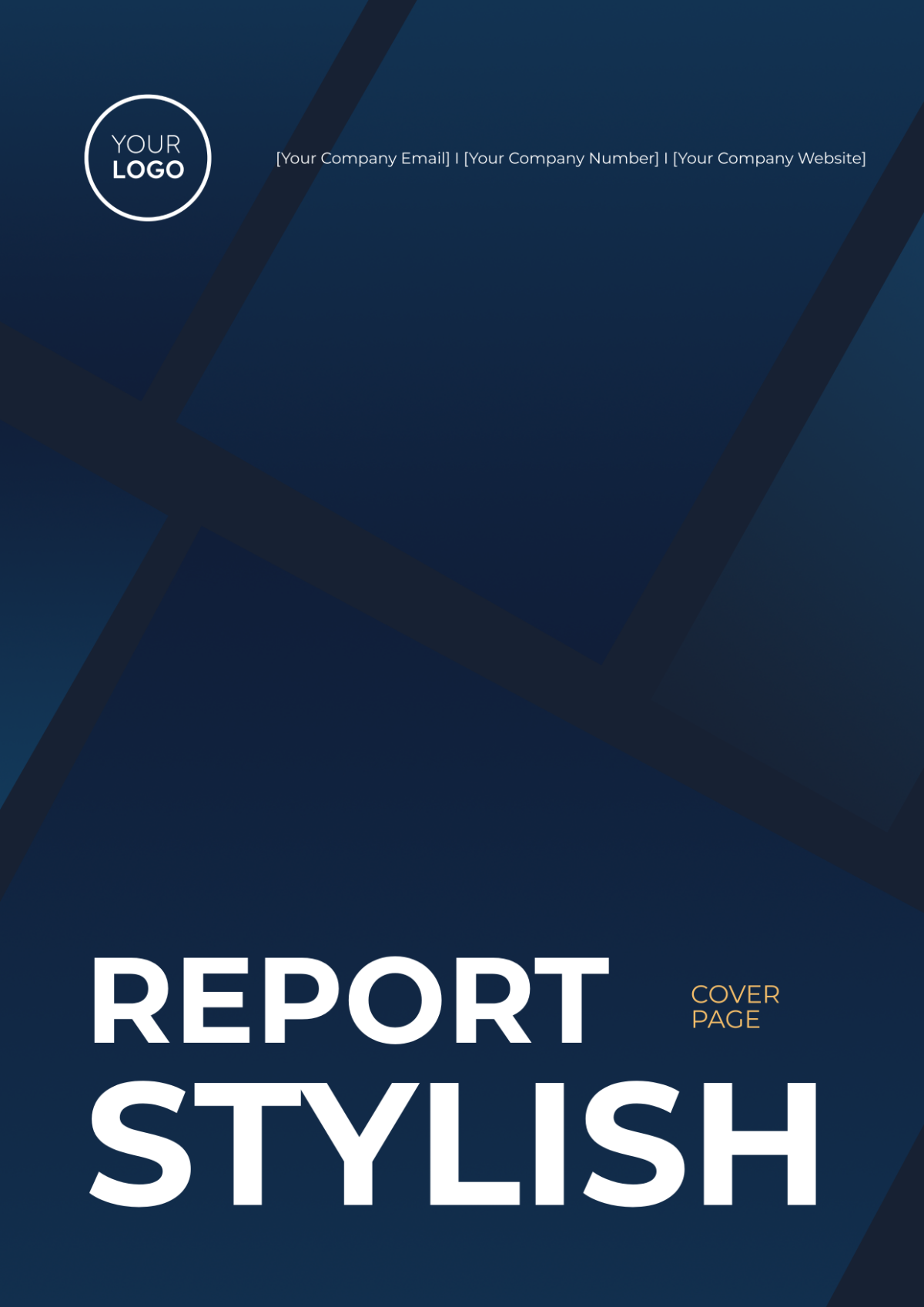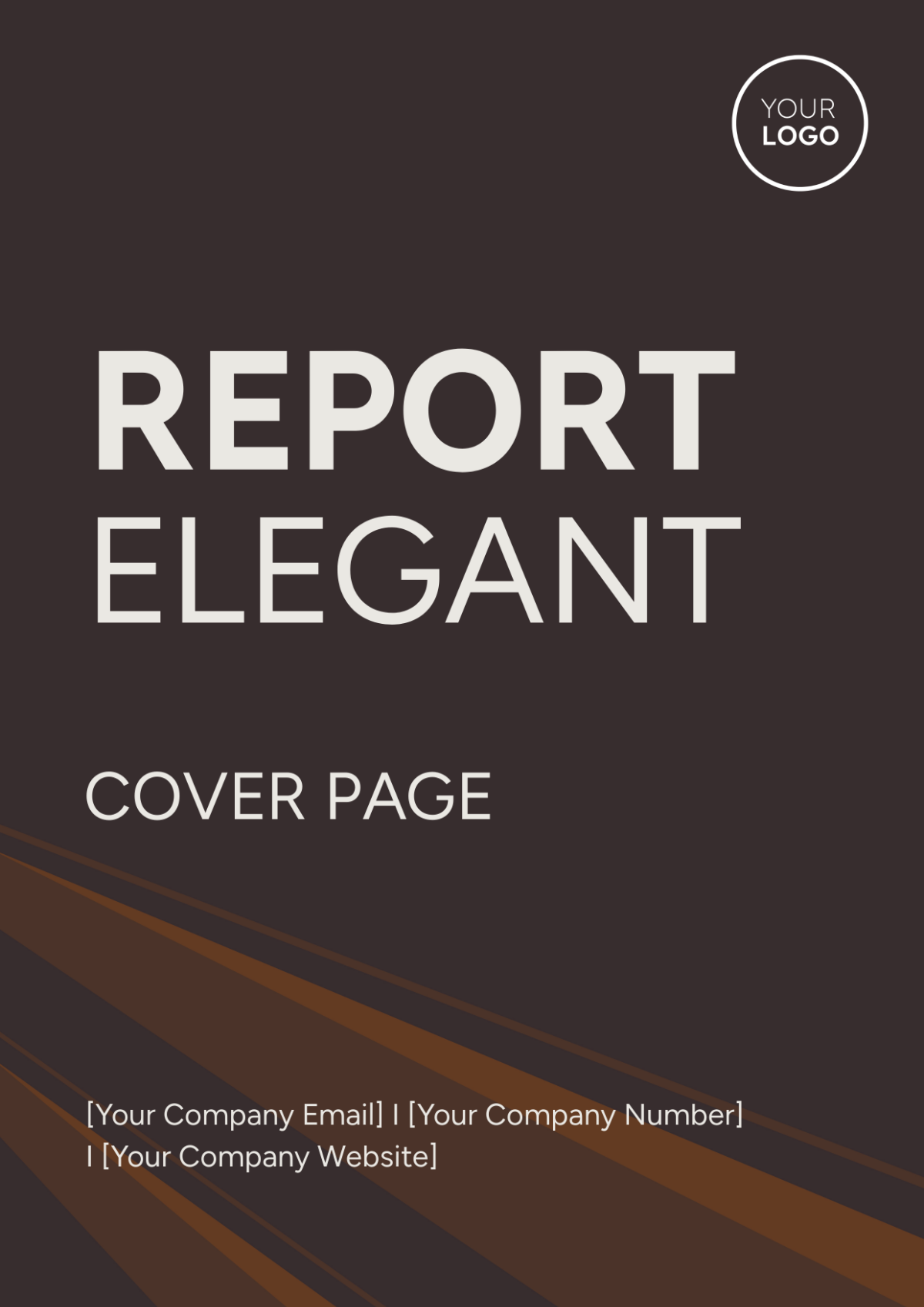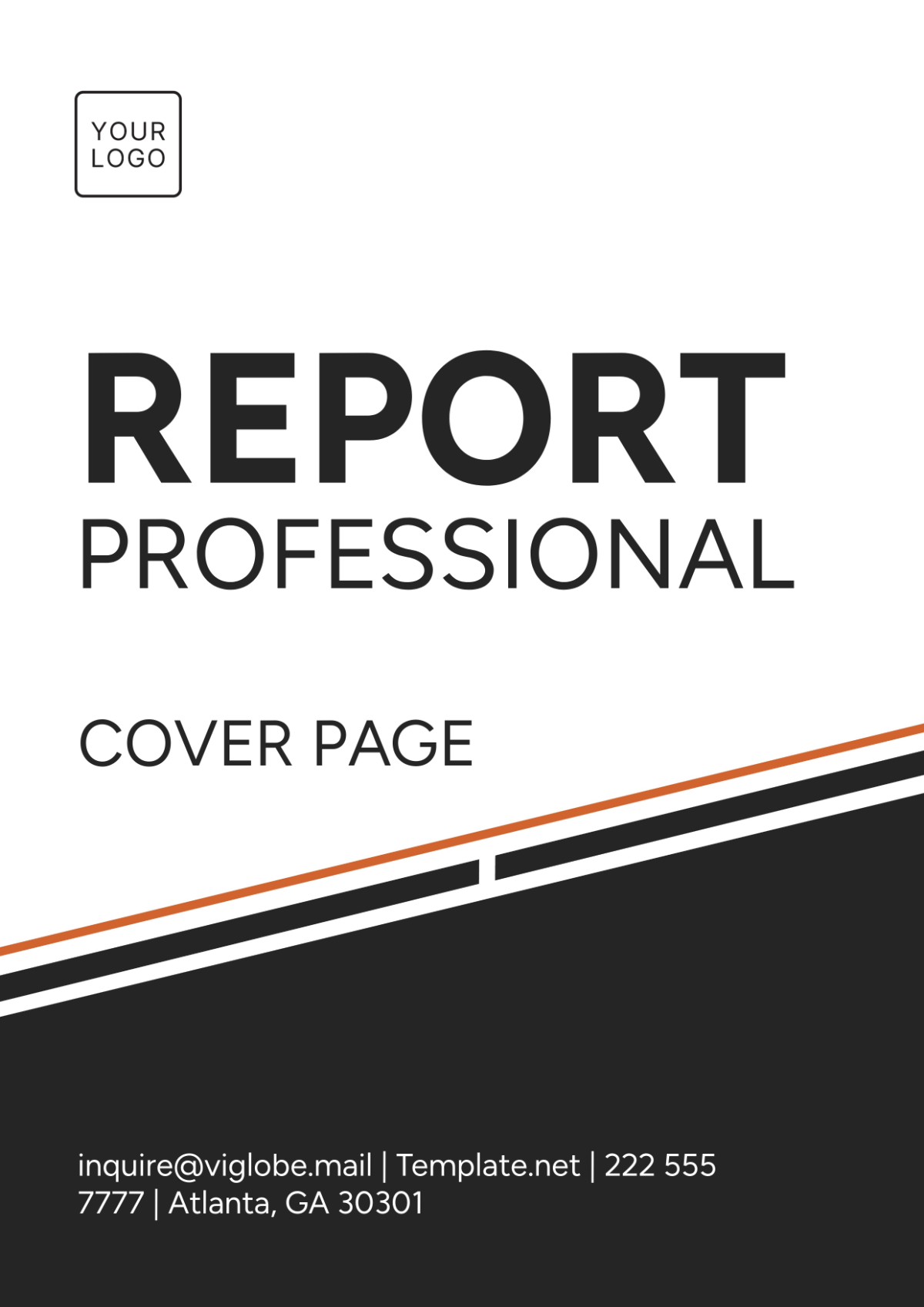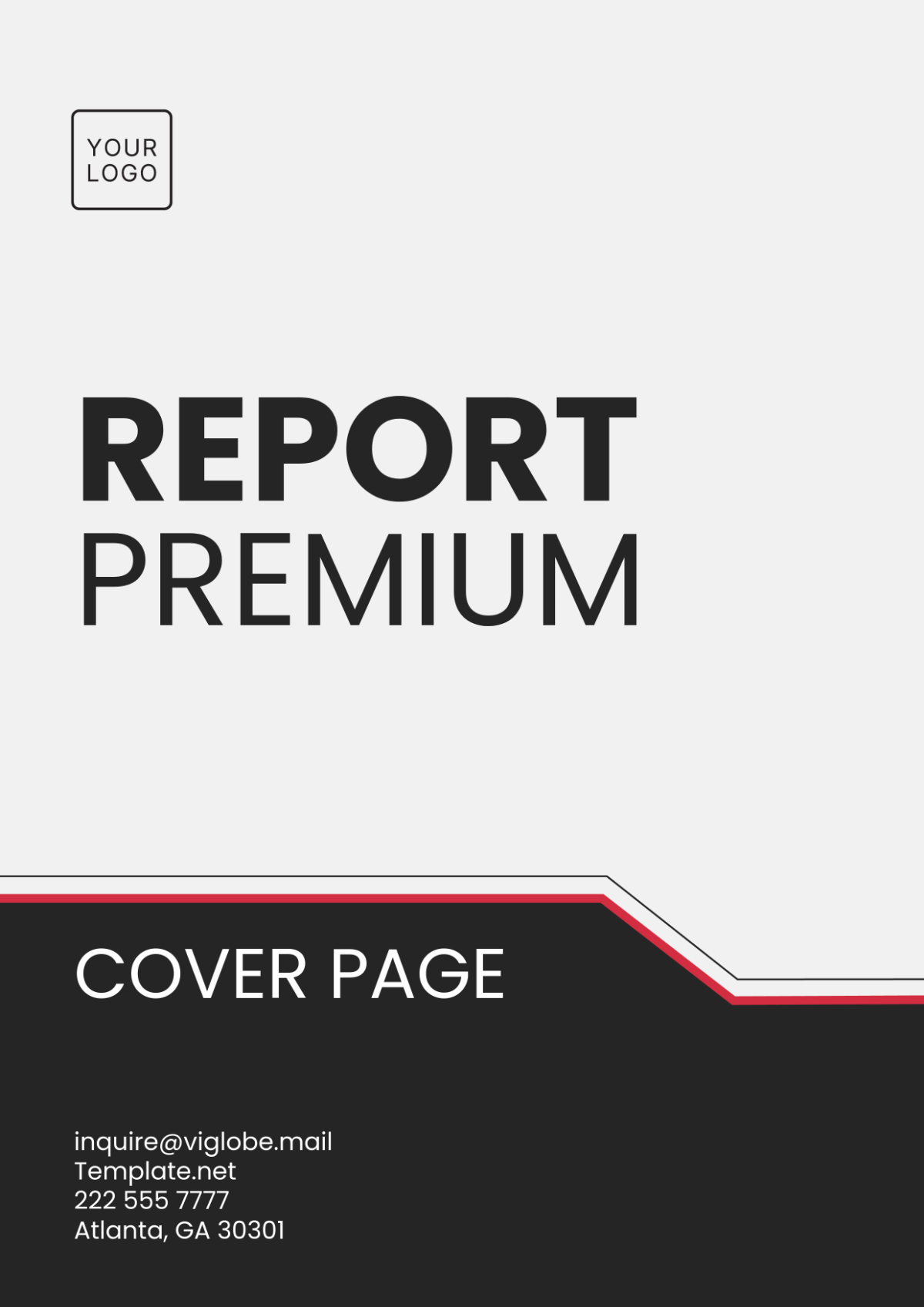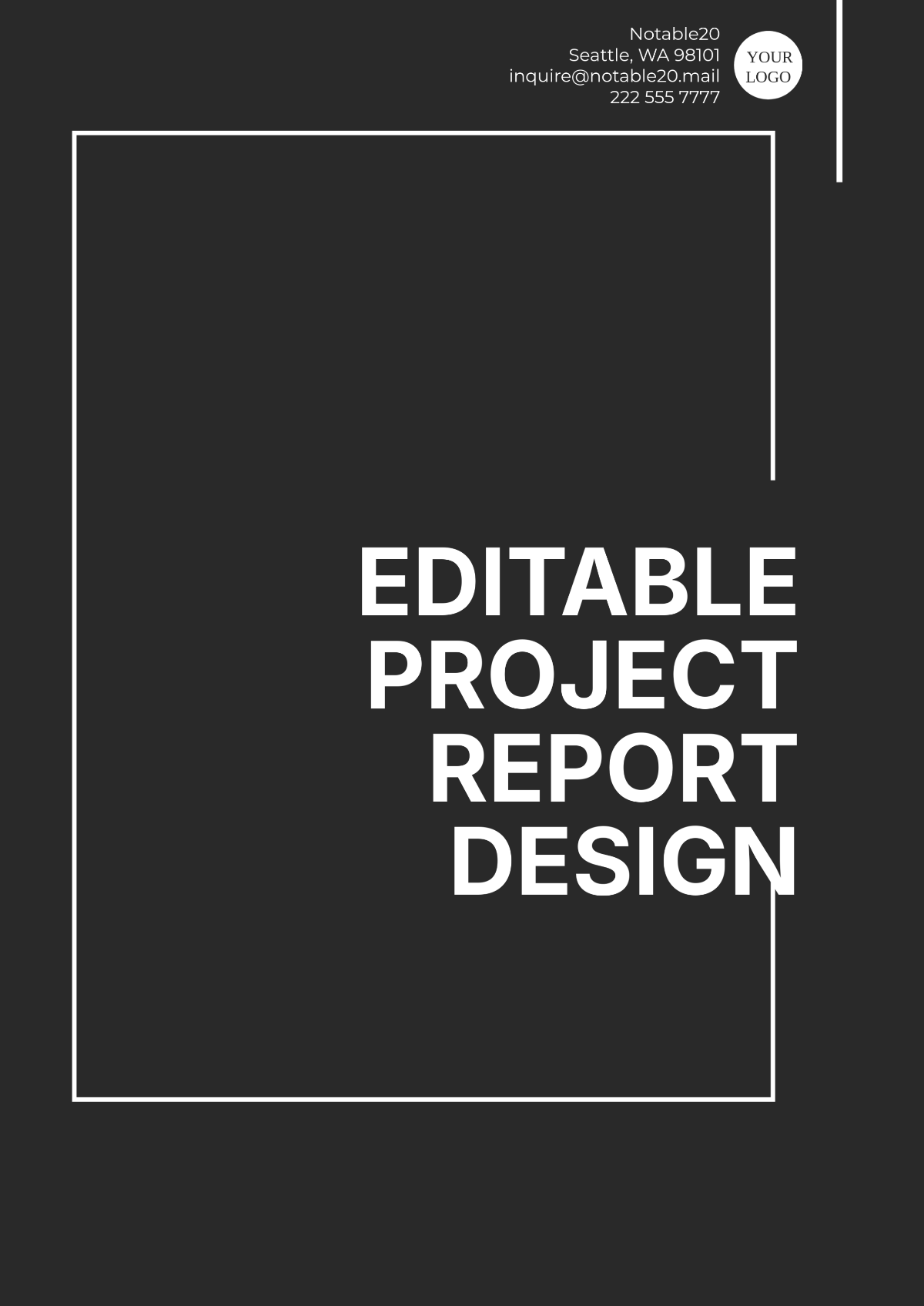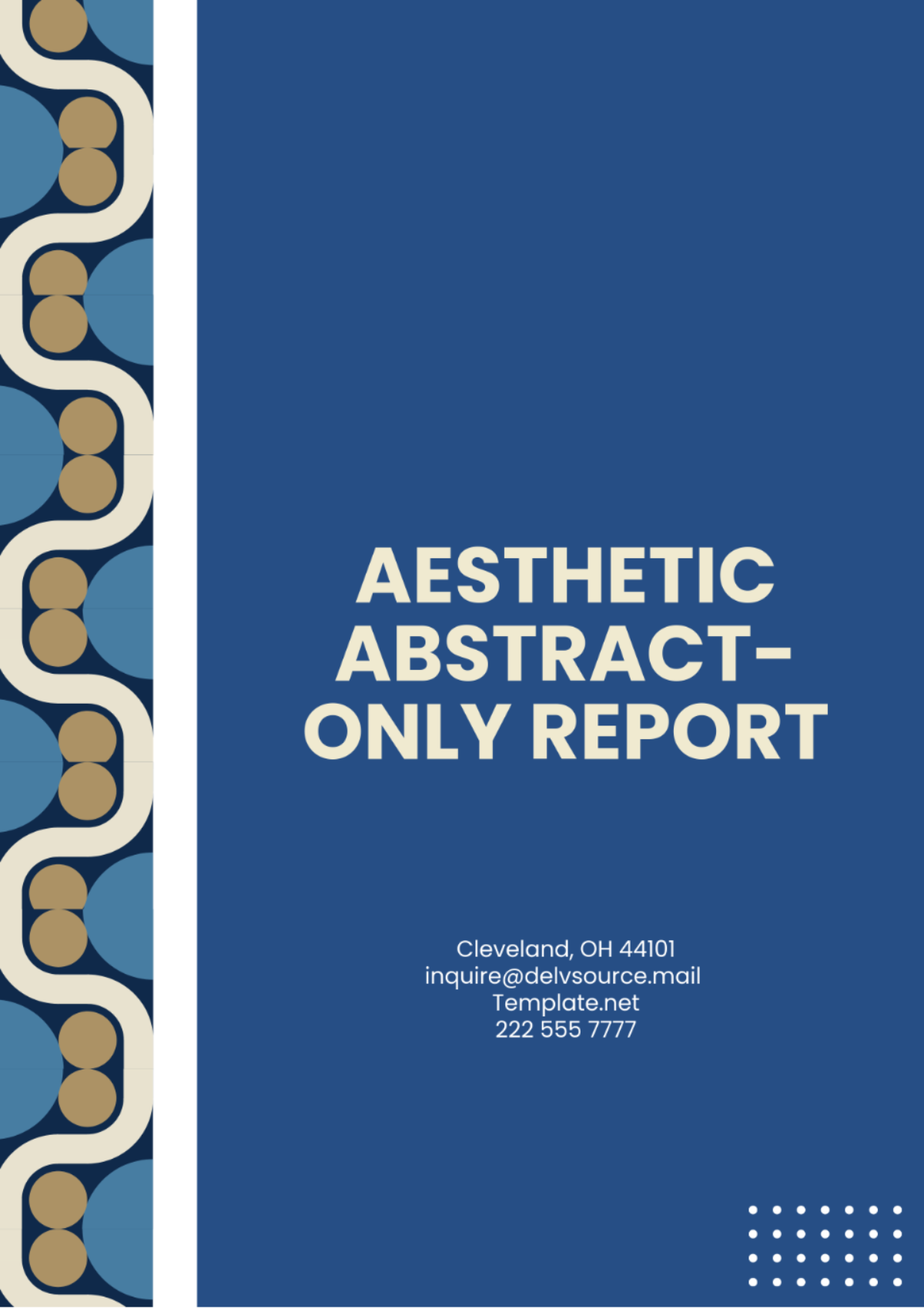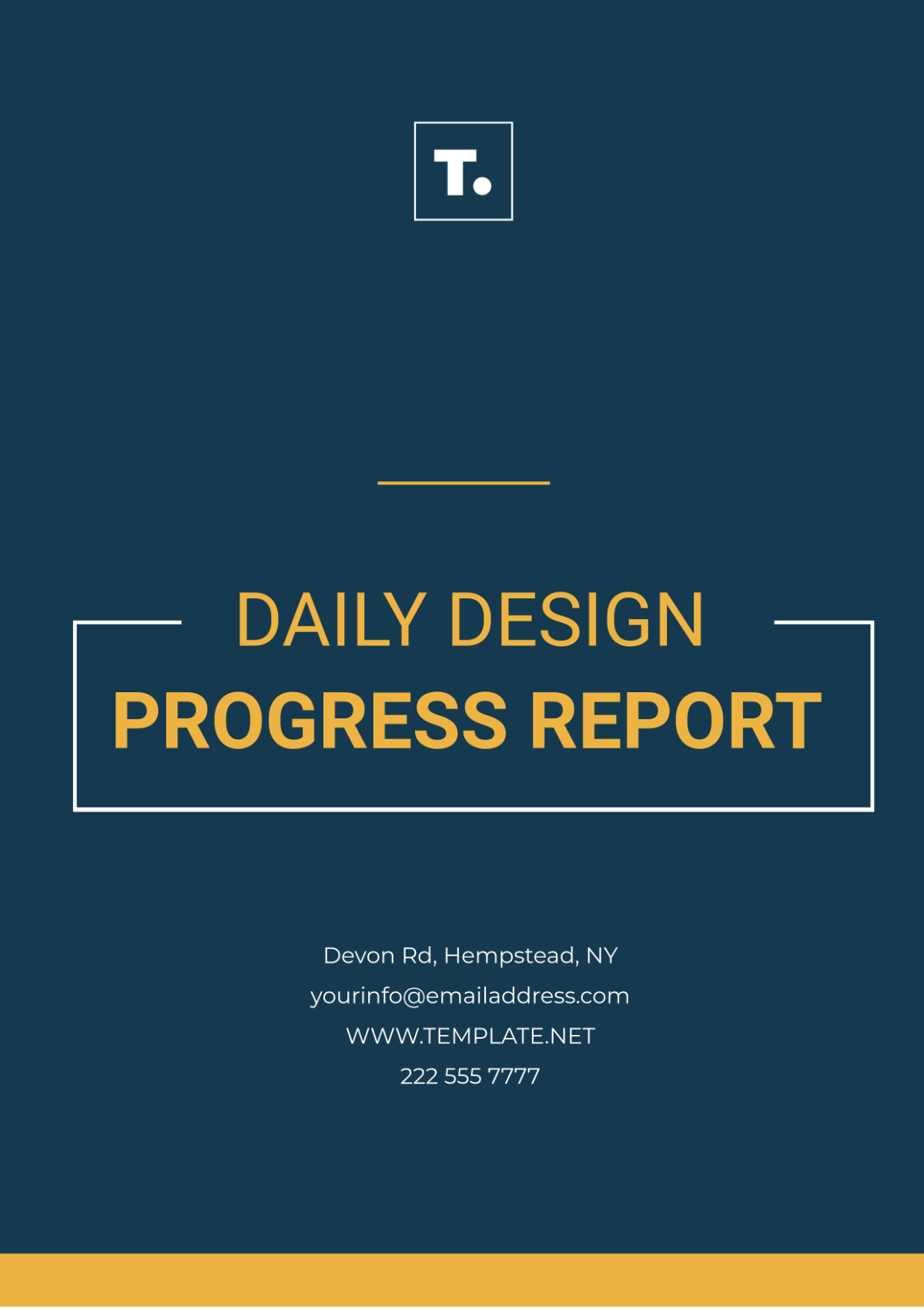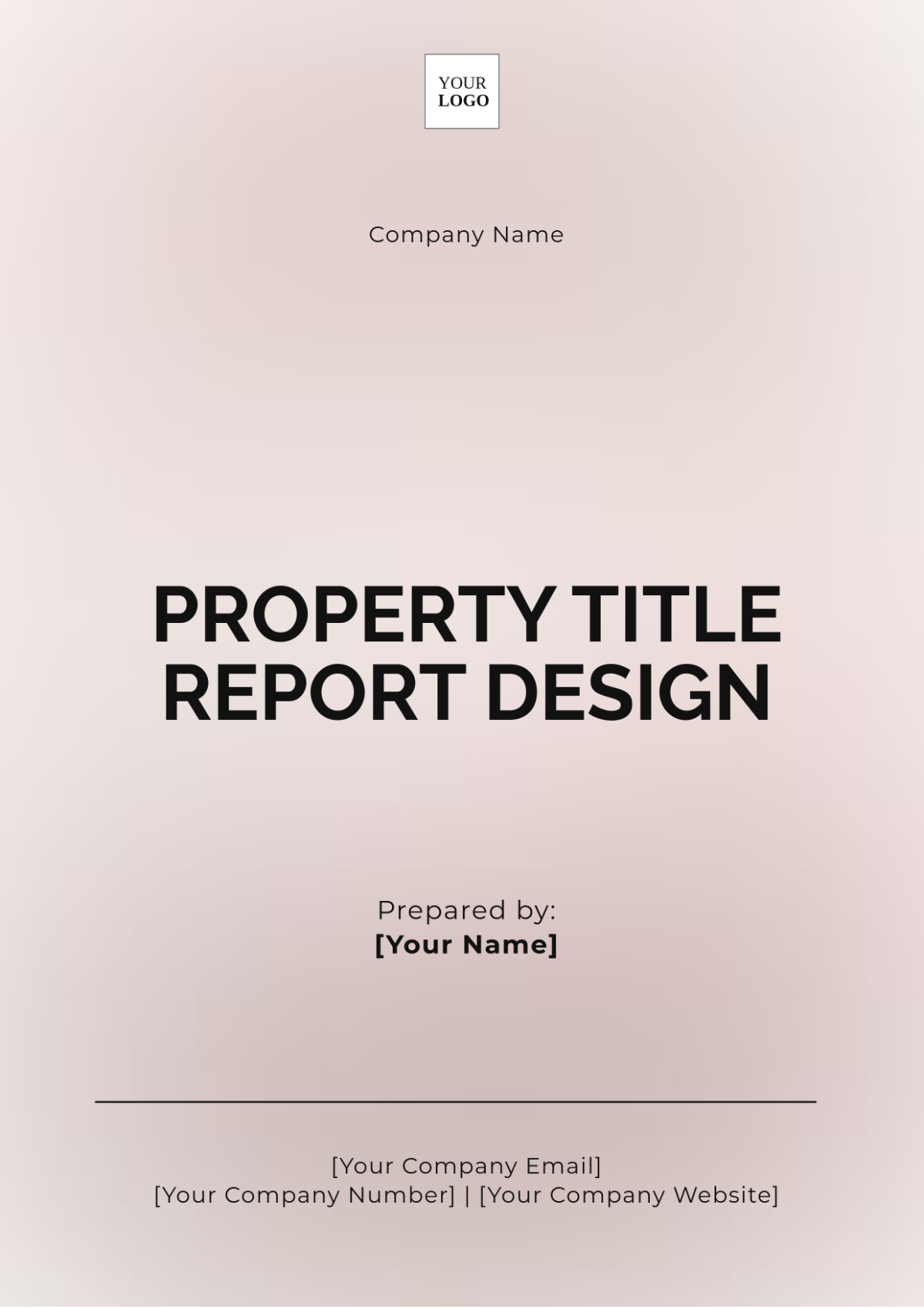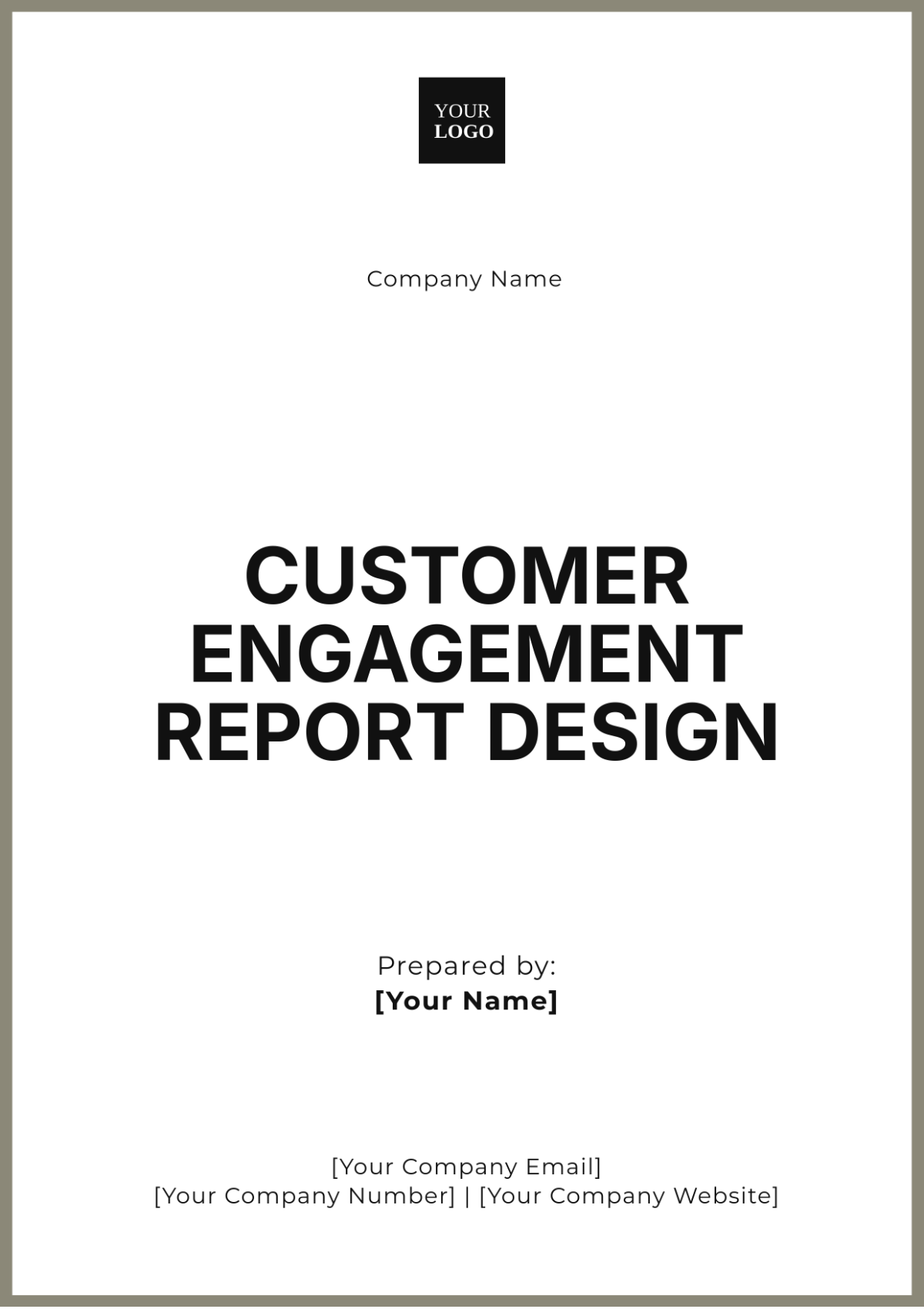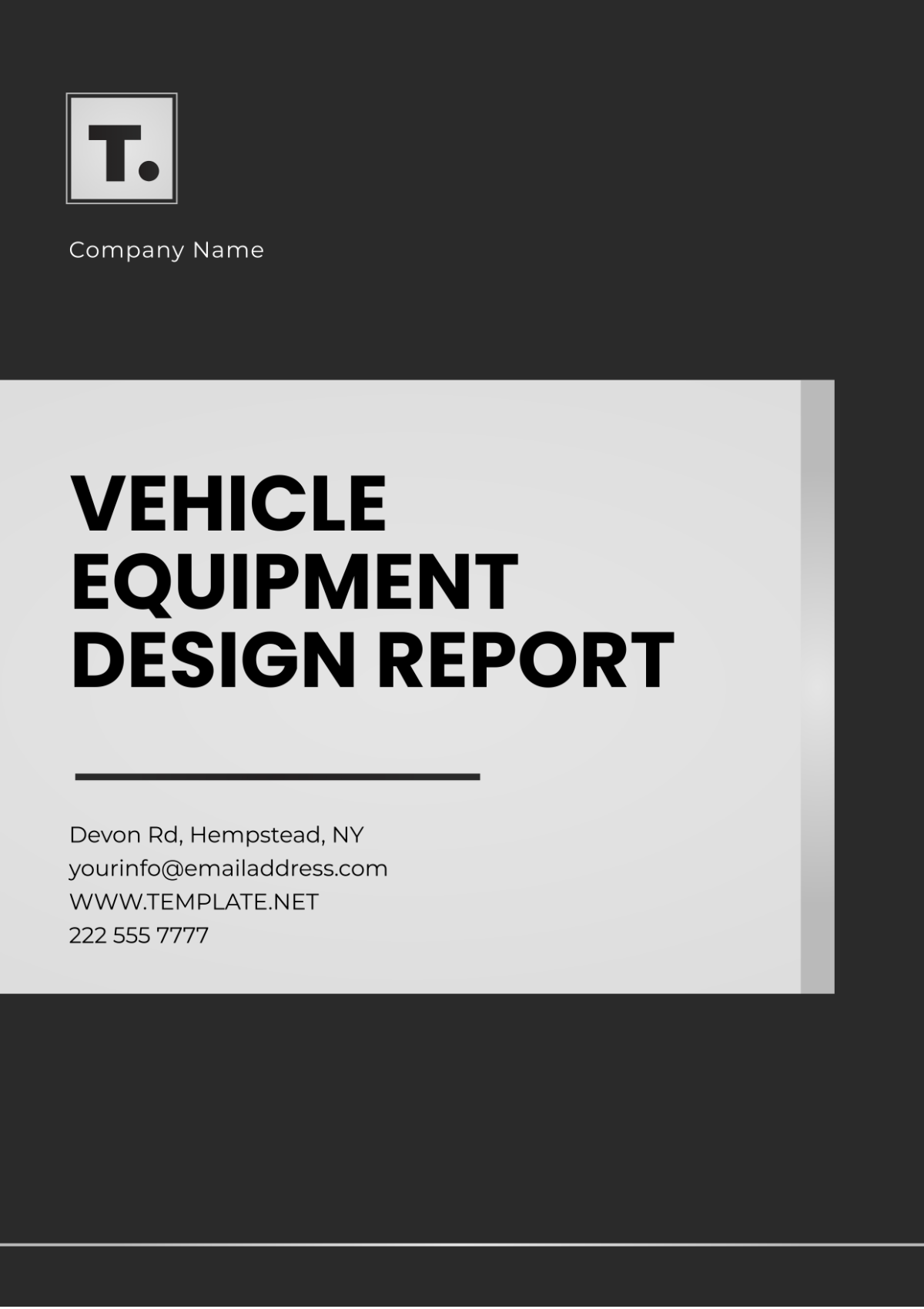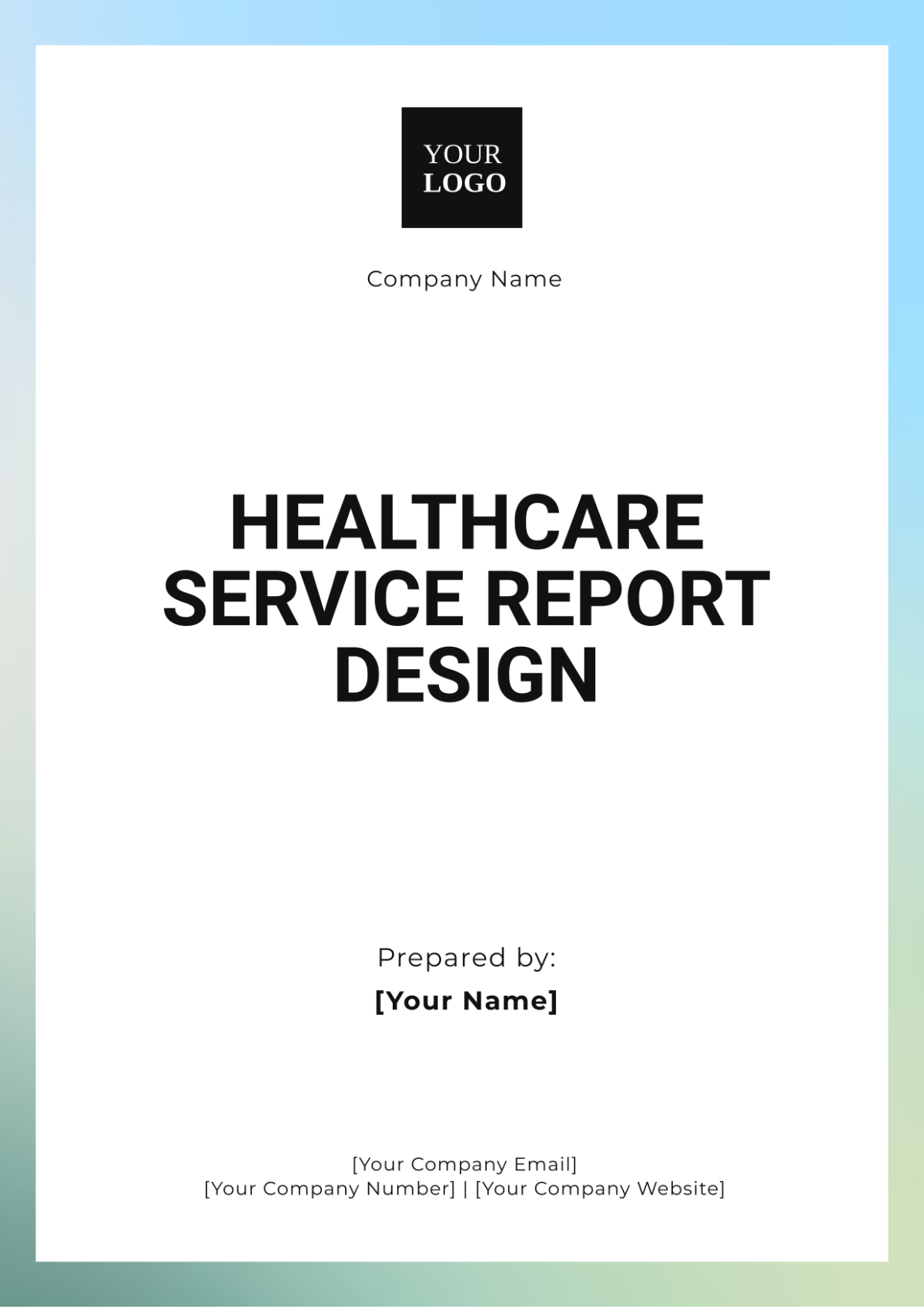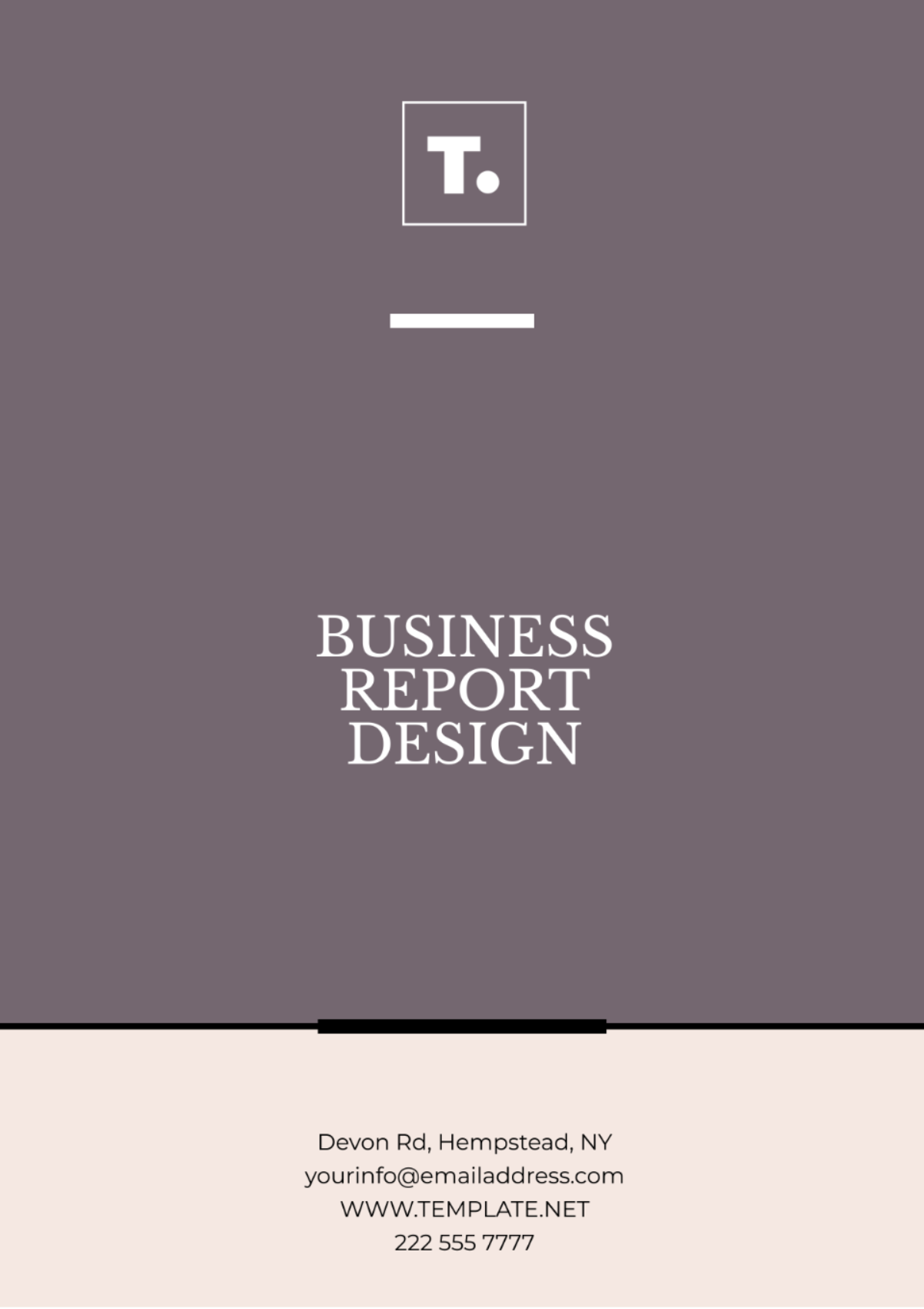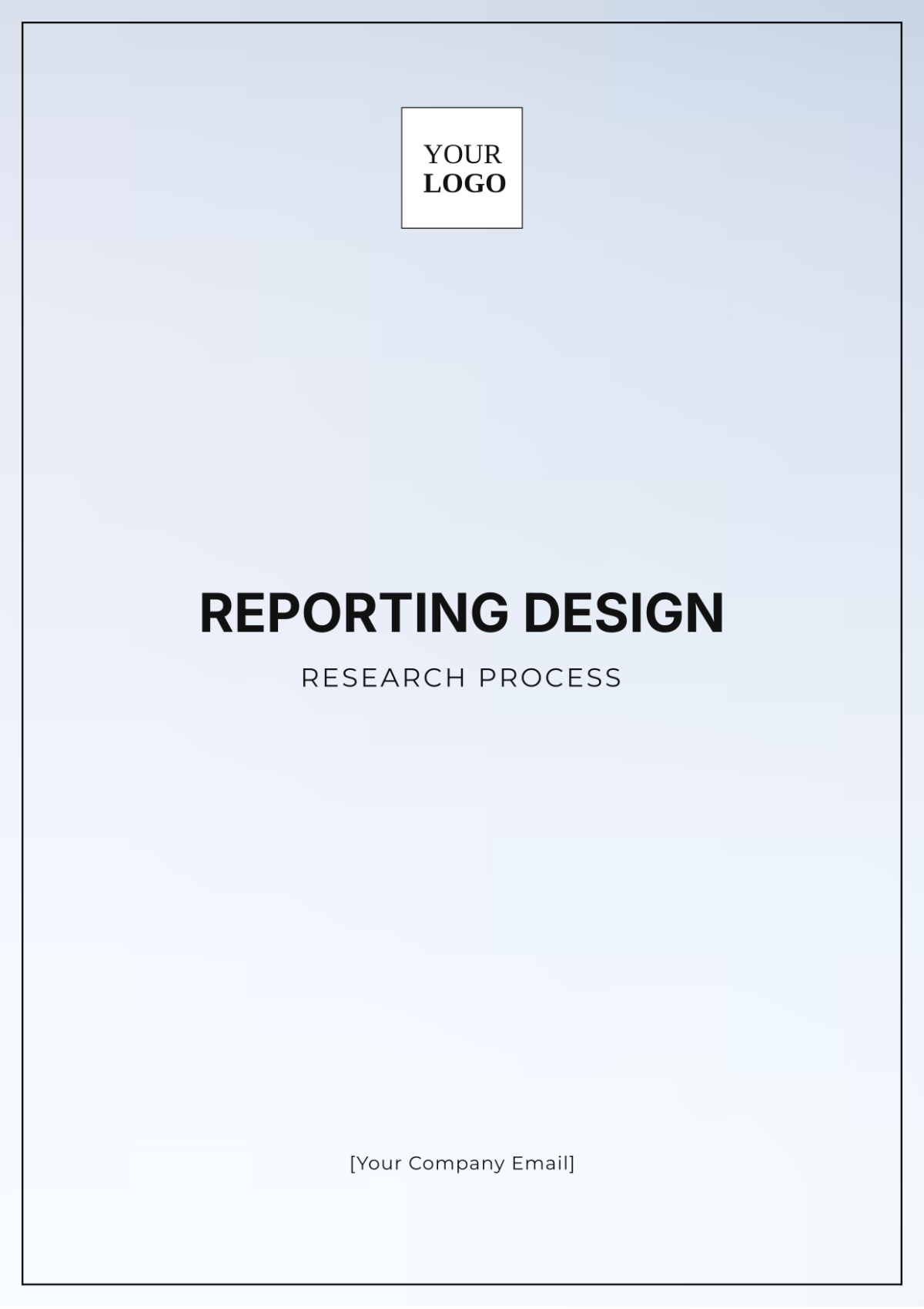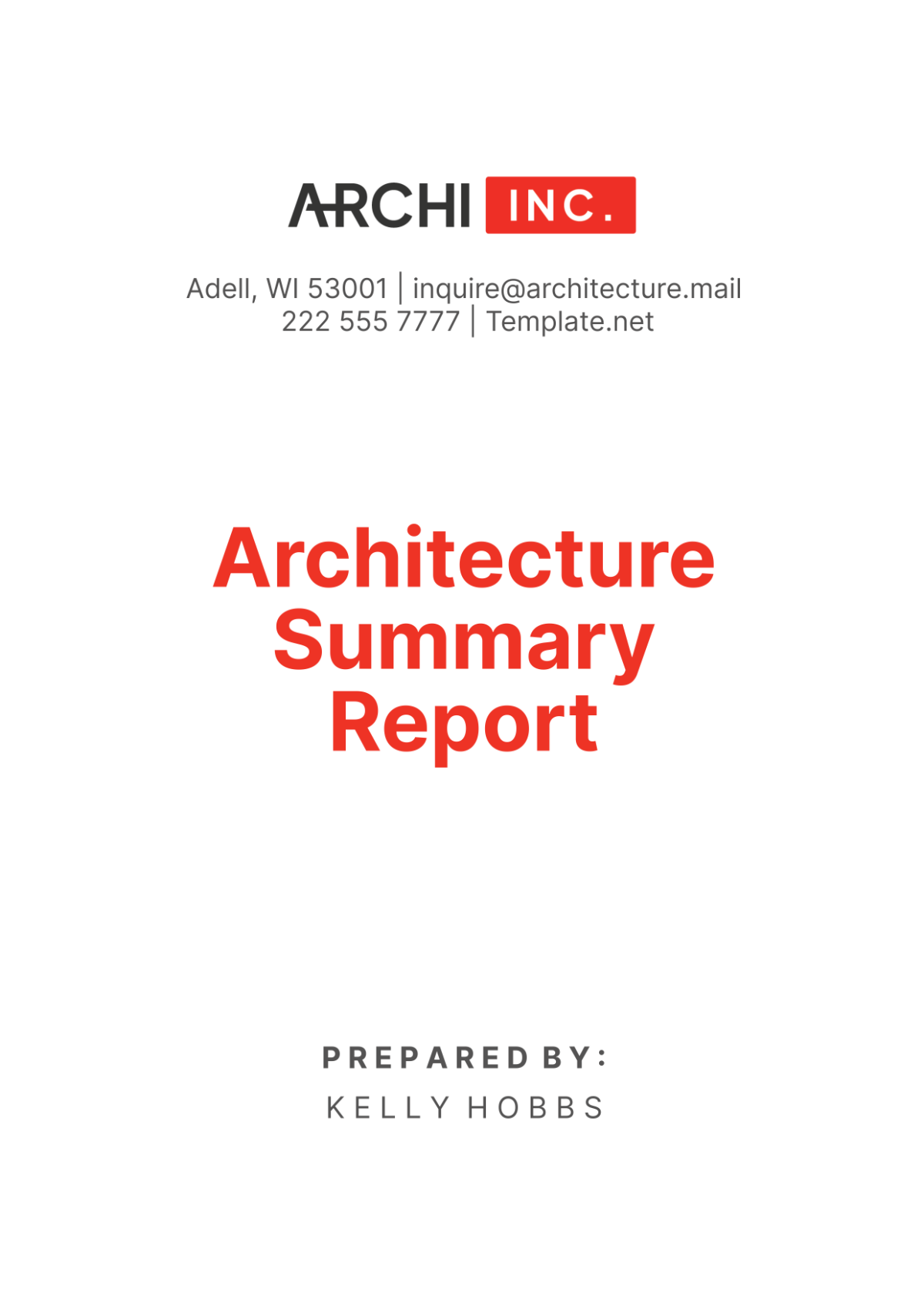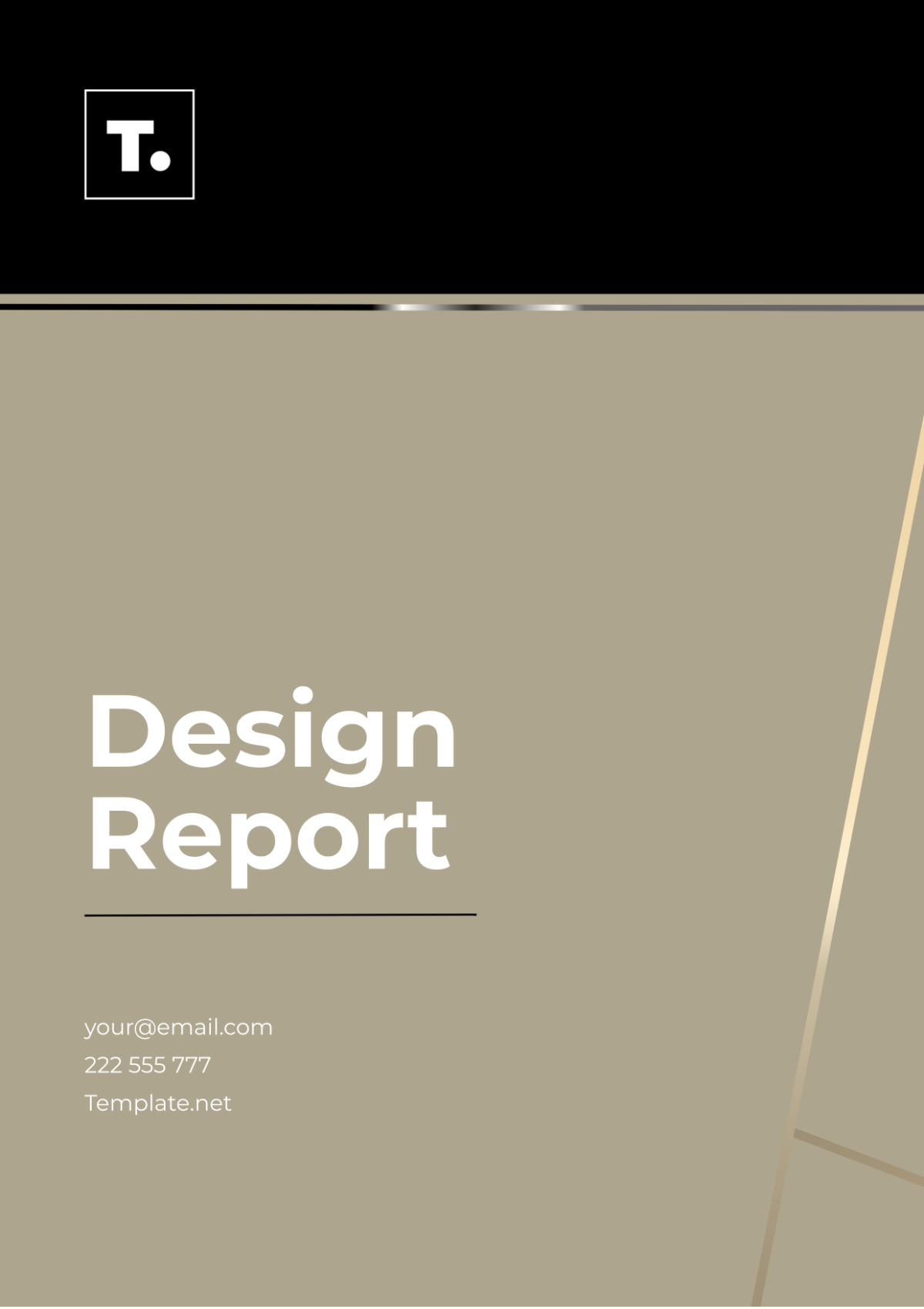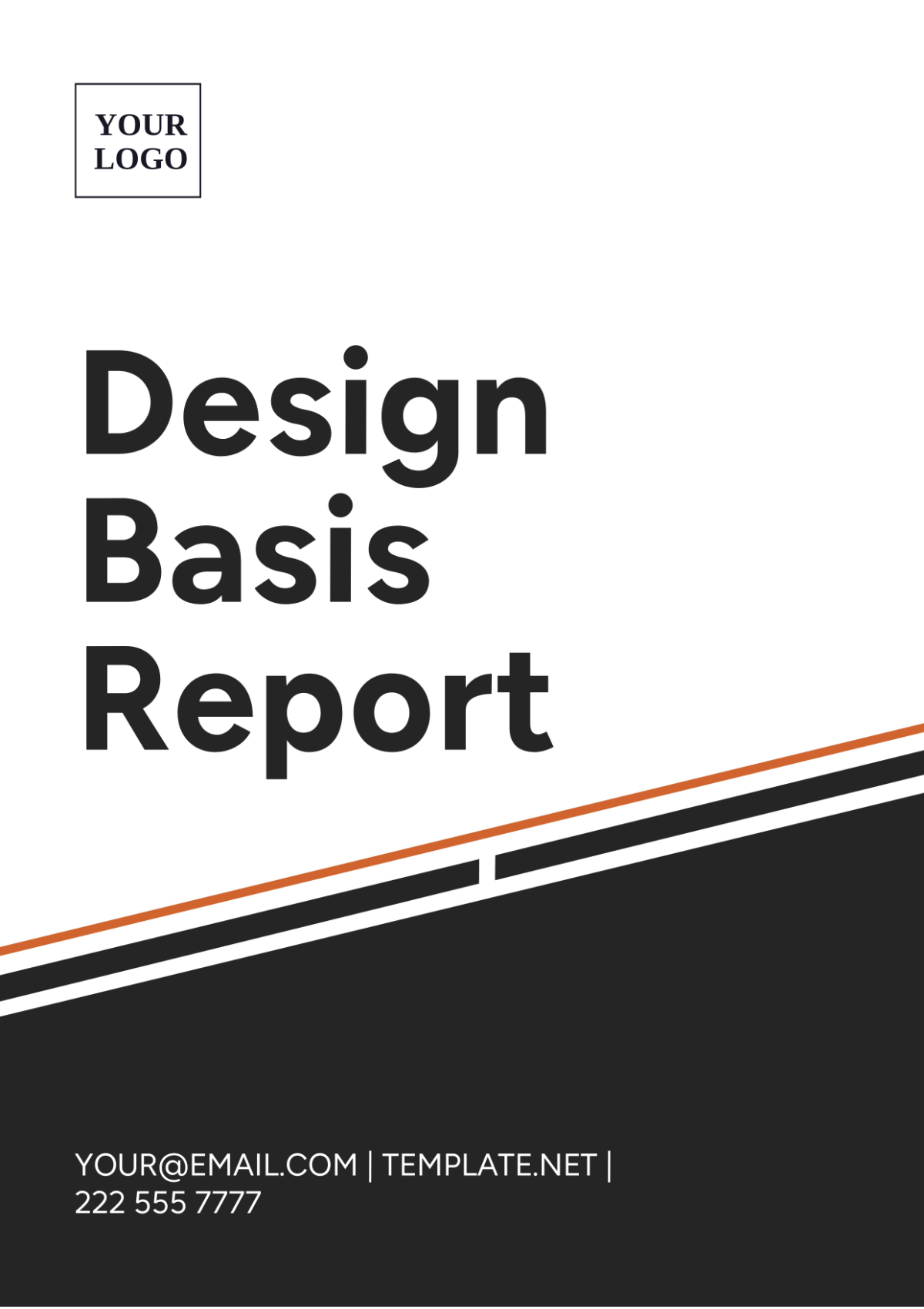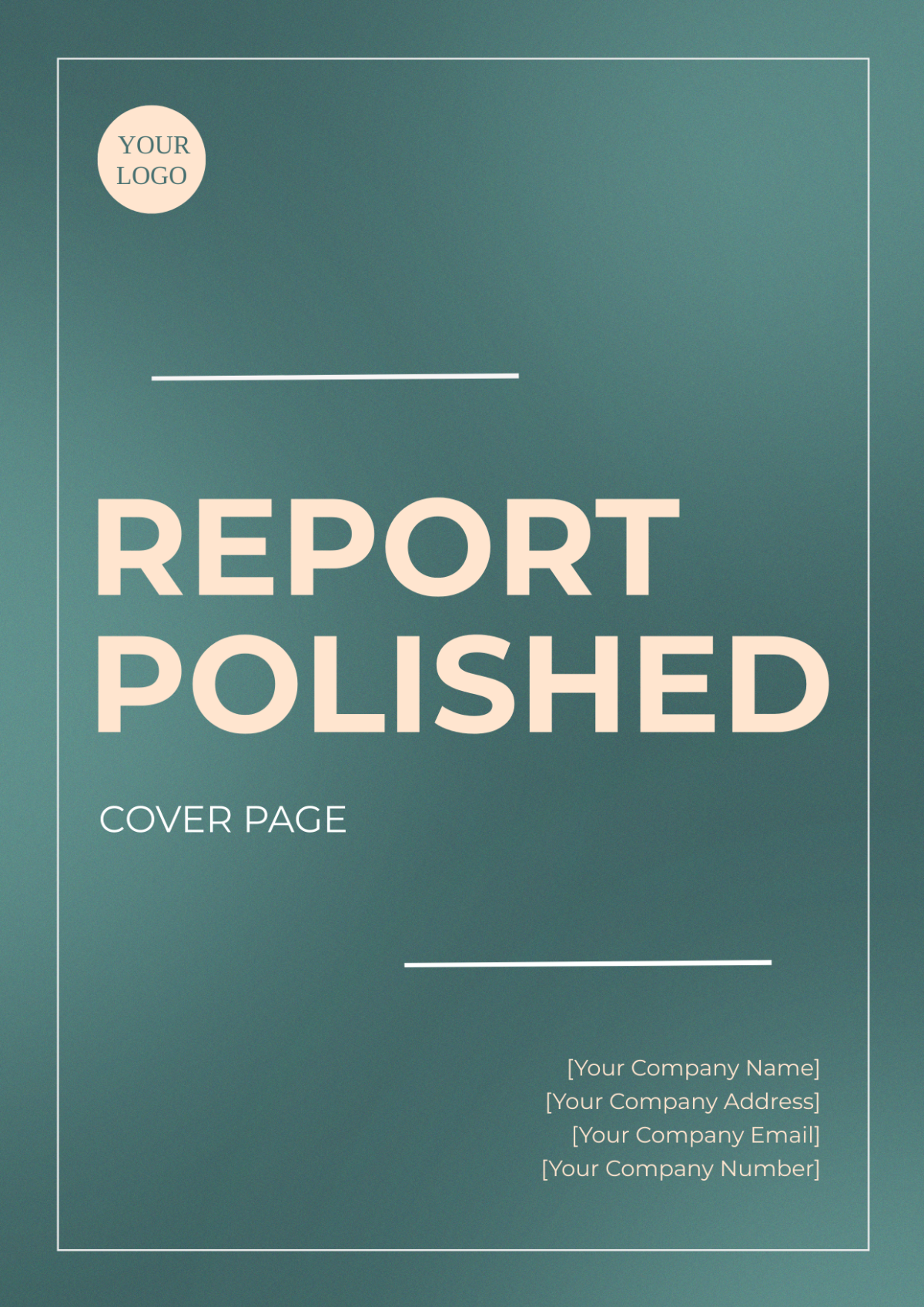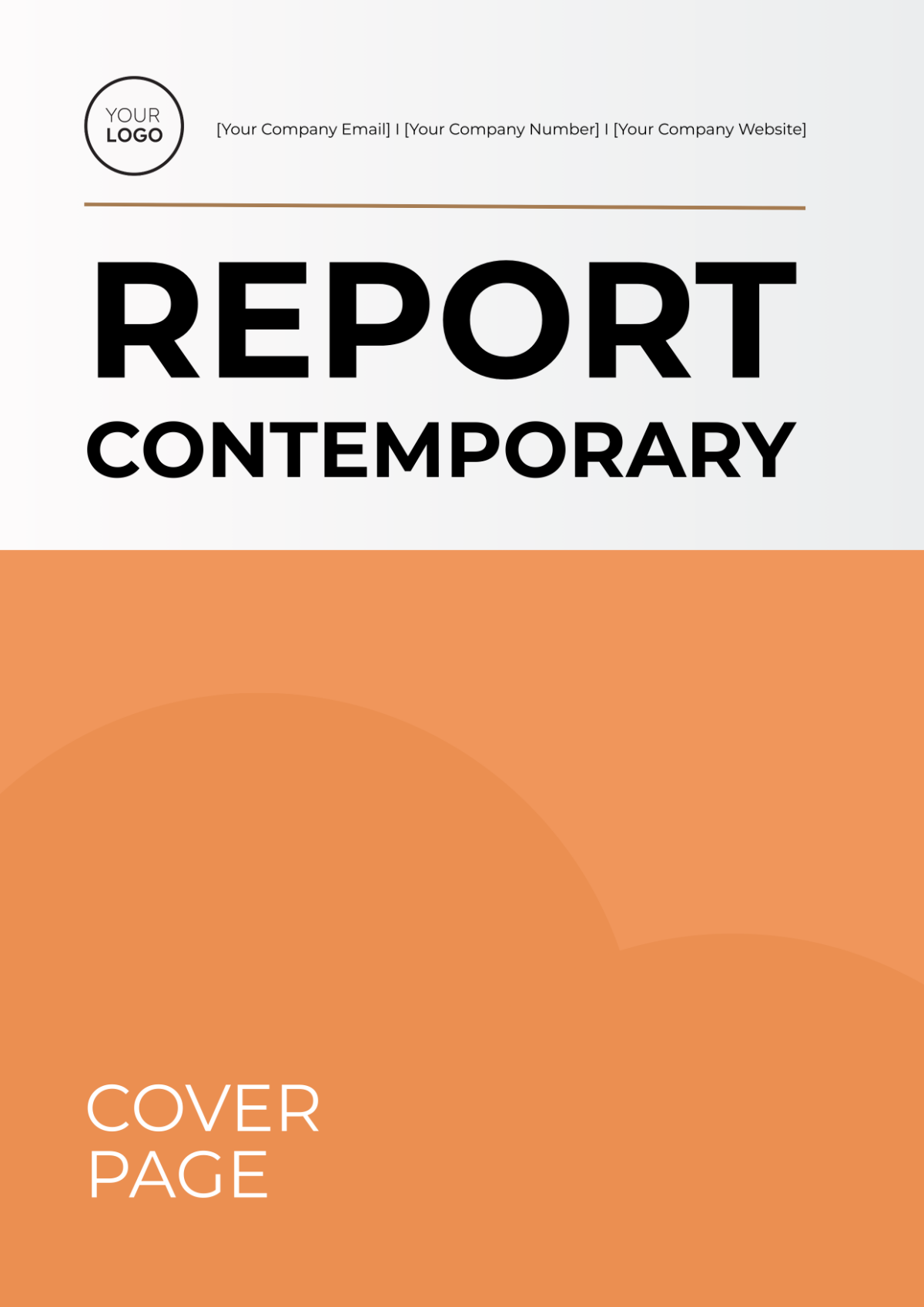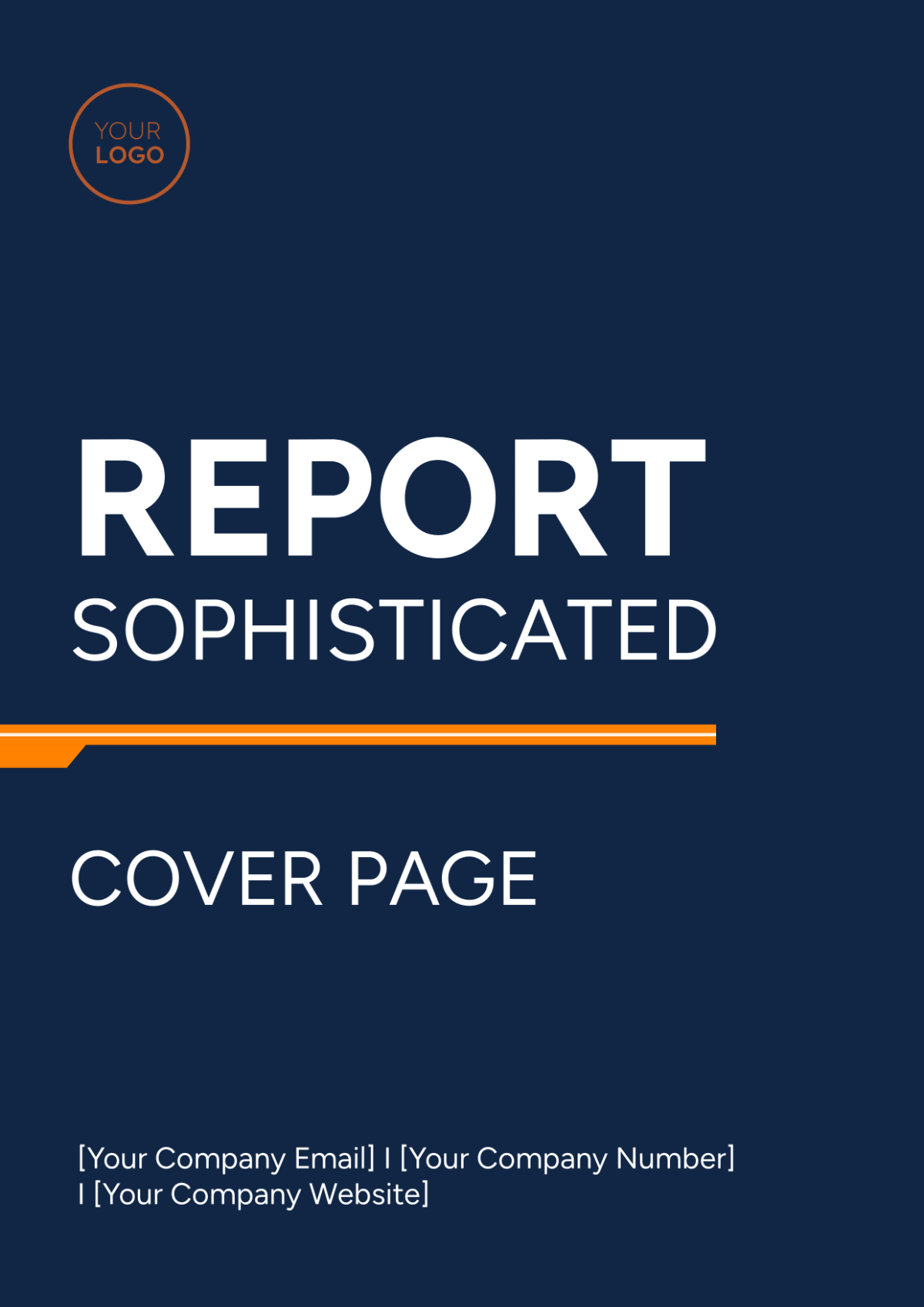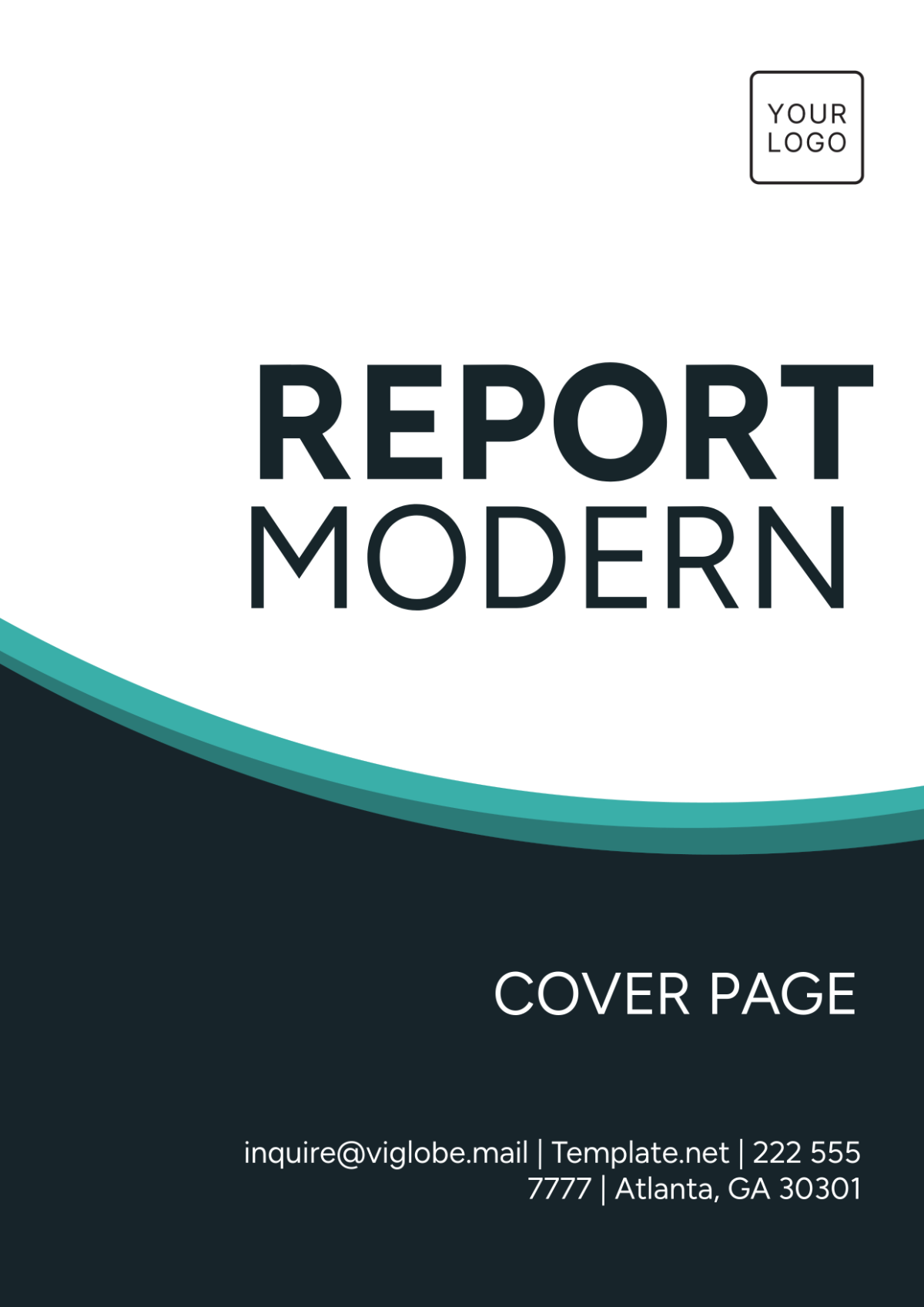Design Report
Prepared by: [YOUR NAME]
Company: [YOUR COMPANY NAME]
Department: [YOUR DEPARTMENT]
I. Introduction
Welcome to the Design Report Template provided by [YOUR COMPANY NAME]. This template is designed to assist you in documenting and presenting your design projects effectively. Whether you're working on a product design, graphic design, or architectural design, this template will help you organize your thoughts and showcase your creative process.
In this report, you will find sections dedicated to various aspects of your design project, including project overview, design objectives, research and analysis, concept development, prototyping, and evaluation. Each section provides a structured framework for documenting your design journey and communicating your ideas clearly to stakeholders.
II. Project Overview
A. Background
Provide background information about the project, including its purpose, scope, and target audience. Describe any challenges or constraints that may impact the design process.
Project Name: [Project Name]
Client: [Client Name]
Project Timeline: [Project Timeline]
B. Design Brief
Summarize the design brief, outlining the key requirements and objectives of the project. Highlight any specific design goals or user needs that the project aims to address.
Design Objectives:
[List of design objectives, prioritized based on importance]
User Requirements:
[Identify key user needs and preferences]
III. Design Process
Methodology:
The design process followed a structured methodology aimed at achieving optimal results within the project's constraints. It encompassed the following key steps:
Research and Analysis: This phase involved qualitative and quantitative methods, including user surveys, interviews, and market analysis tools. Data gathered informed subsequent design decisions and helped identify opportunities for innovation.
Conceptualization and Ideation: These concepts were evaluated based on their alignment with project objectives, feasibility, and potential for delivering exceptional user experiences. Rapid prototyping techniques were utilized to visualize and iterate on these concepts quickly.
Iterative Design and Feedback Loop: Design iterations were rapidly prototyped and subjected to rigorous testing to identify usability issues, address user pain points, and optimize the overall user experience.
Finalization and Implementation: This phase involved creating detailed design specifications, style guides, and asset libraries to ensure consistency across all touchpoints. Collaboration with developers and other relevant stakeholders facilitated the smooth transition from design to development.
IV. Findings:
User-Centric Design: Research revealed a strong preference among users for intuitive, streamlined interfaces that prioritize ease of use and accessibility.
Competitive Analysis: Analysis of competitor offerings highlighted areas of differentiation and opportunities for innovation, guiding the development of unique design features and functionalities.
Iterative Refinement: The iterative design process led to significant improvements in the design solution, addressing usability issues and enhancing overall user satisfaction.
Cross-Functional Collaboration: Effective collaboration between design, development, and other project stakeholders was instrumental in ensuring the successful implementation of the final design solution.
V. Recommendations:
Based on the evaluation of the design solution and its impact on project objectives, the following recommendations are proposed for future design initiatives:
Continuous User Feedback: Implement mechanisms for collecting ongoing feedback from users to identify evolving needs and preferences, enabling iterative improvements to the design solution.
Enhanced Usability Testing: Invest in more comprehensive usability testing methodologies, including real-world scenario testing and eye-tracking studies, to uncover nuanced user interactions and pain points.
Accessibility Compliance: Ensure compliance with accessibility standards and guidelines to cater to users with diverse needs and disabilities, thereby maximizing the inclusivity of the design solution.
Strategic Innovation: Foster a culture of innovation within the design team by encouraging experimentation, exploration of emerging technologies, and cross-disciplinary collaboration to push the boundaries of design excellence.
Long-Term Impact Assessment: Establish mechanisms for monitoring the long-term impact of the design solution on key performance indicators, such as user engagement, retention, and brand loyalty, to inform future design strategies and investments.
VI. Conclusion
The [DESIGN REPORT] concludes by summarizing the key findings, insights, and recommendations presented throughout the document. It reaffirms the significance of effective design in driving project success and underscores the importance of continued investment in design excellence at [YOUR COMPANY NAME]. As [YOUR NAME] and the design team remain committed to delivering innovative and impactful design solutions, this report serves as a testament to their dedication and expertise in the field of design.

